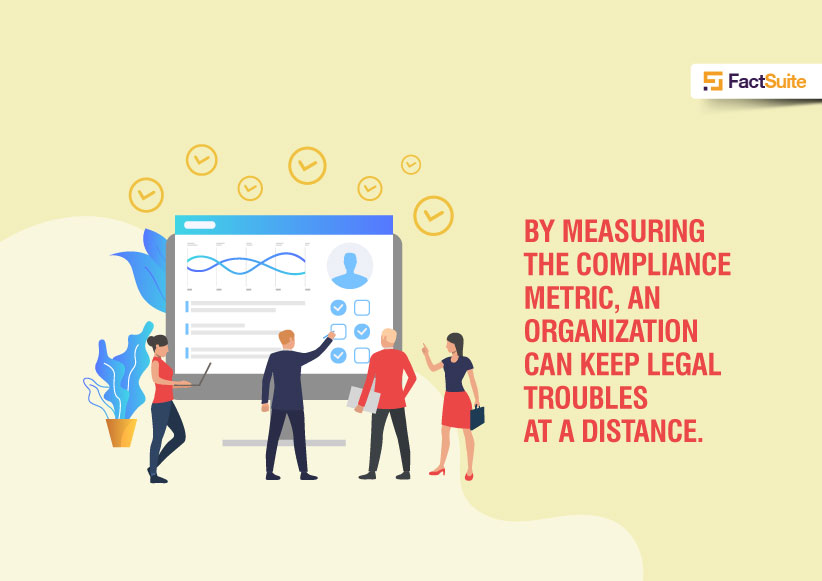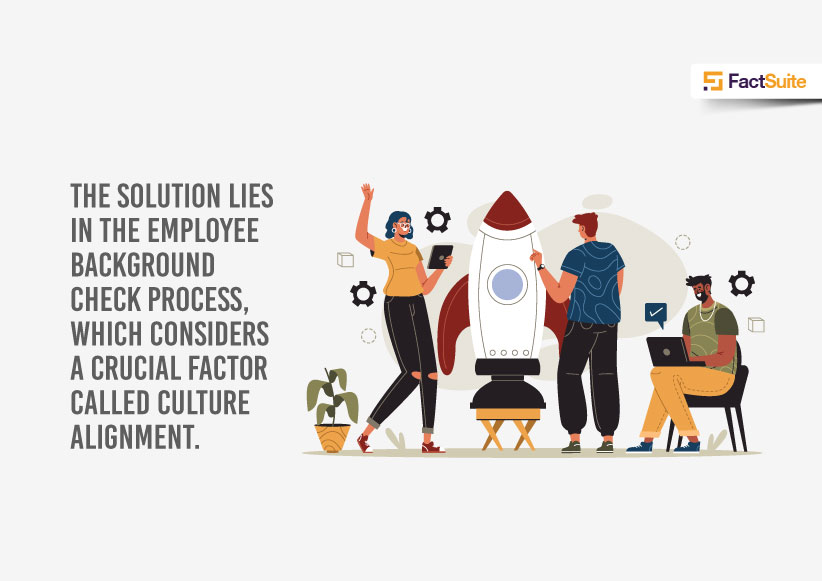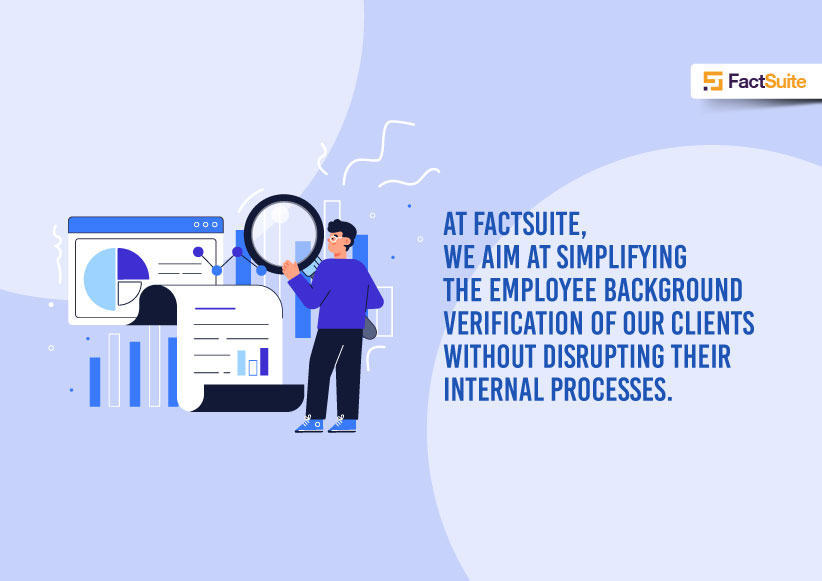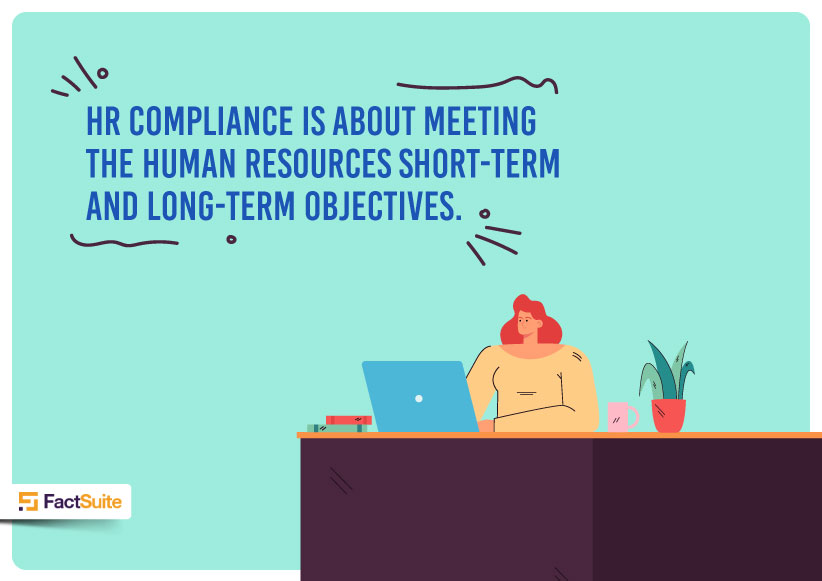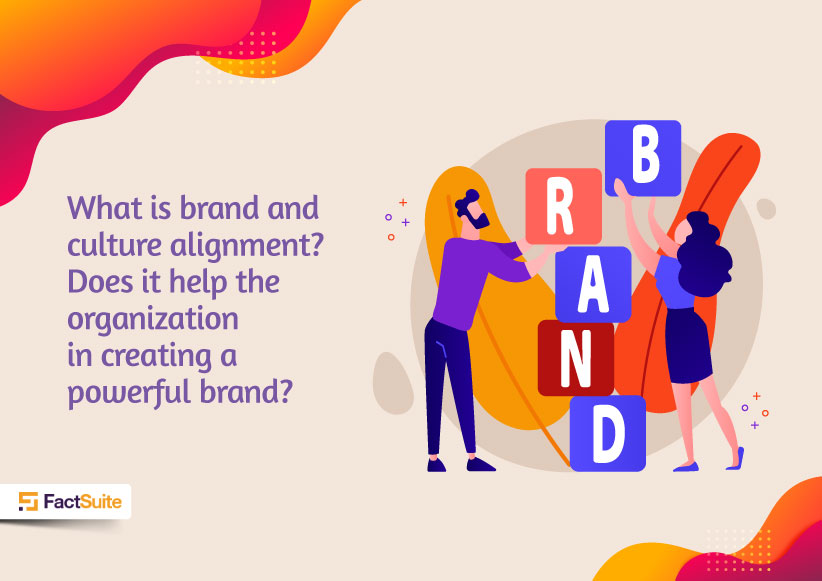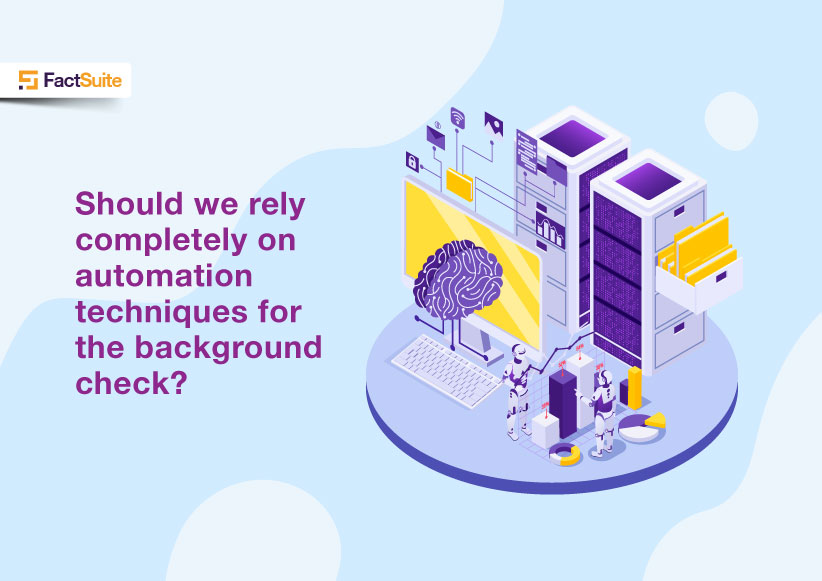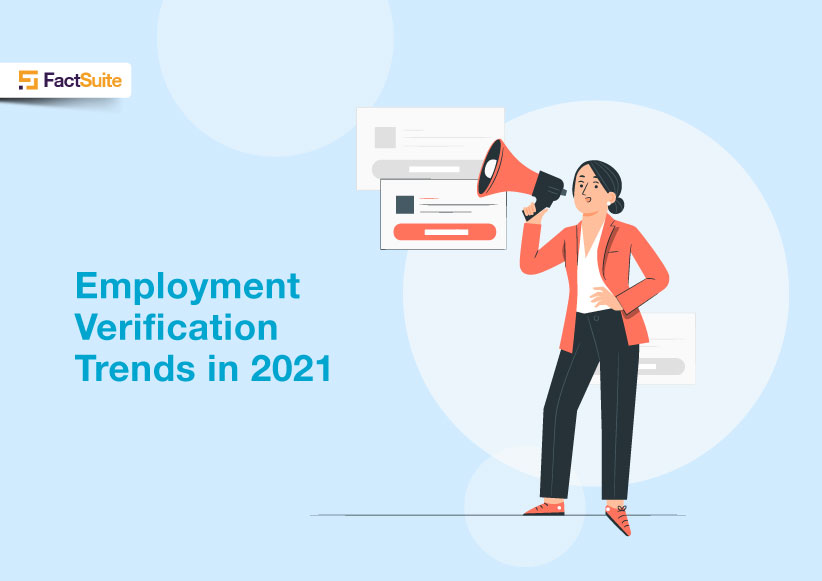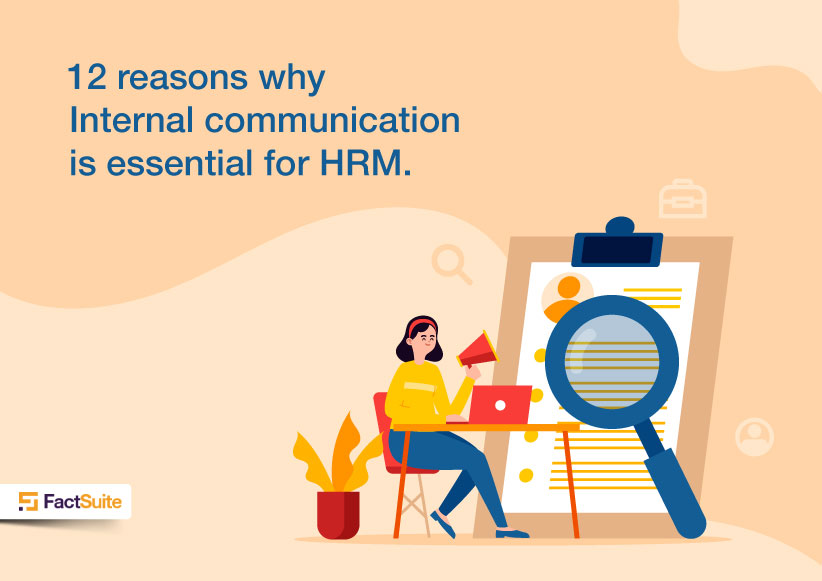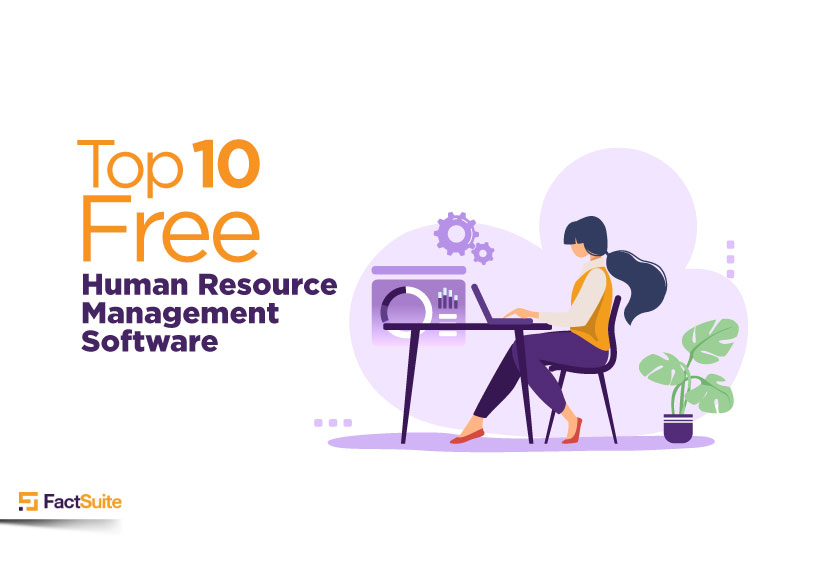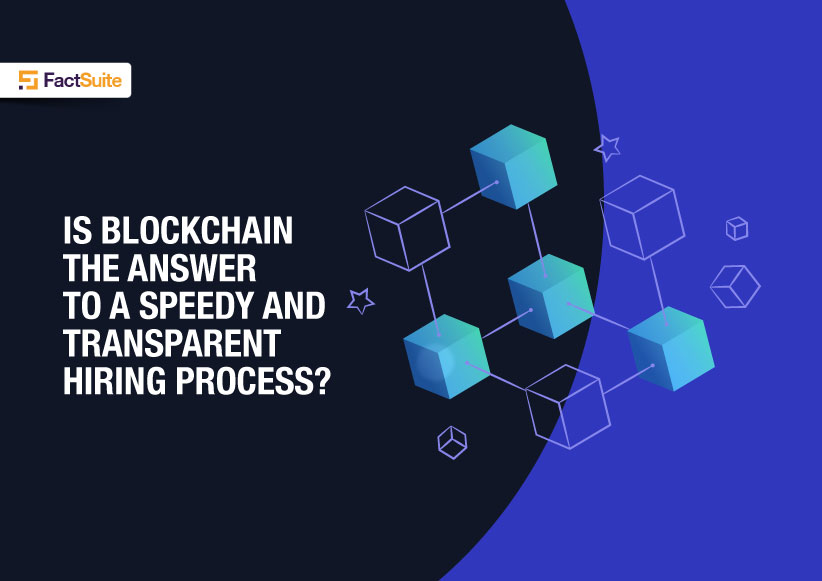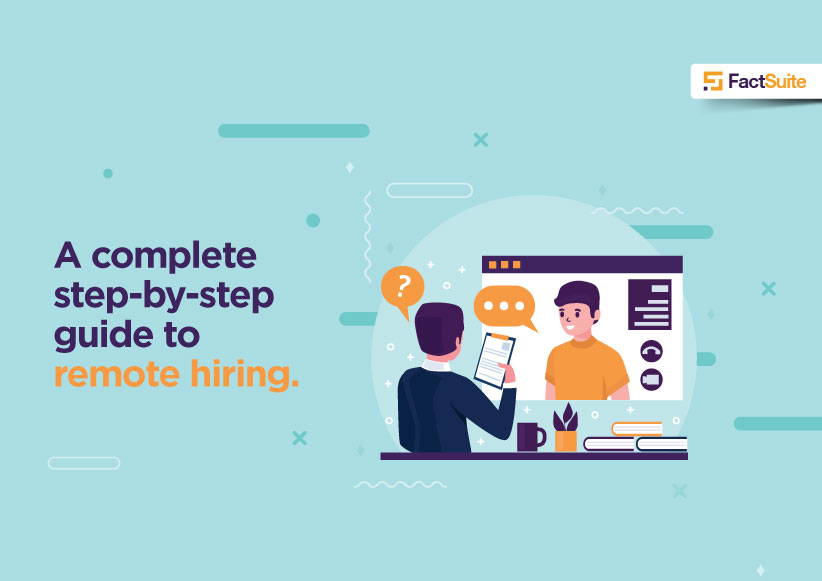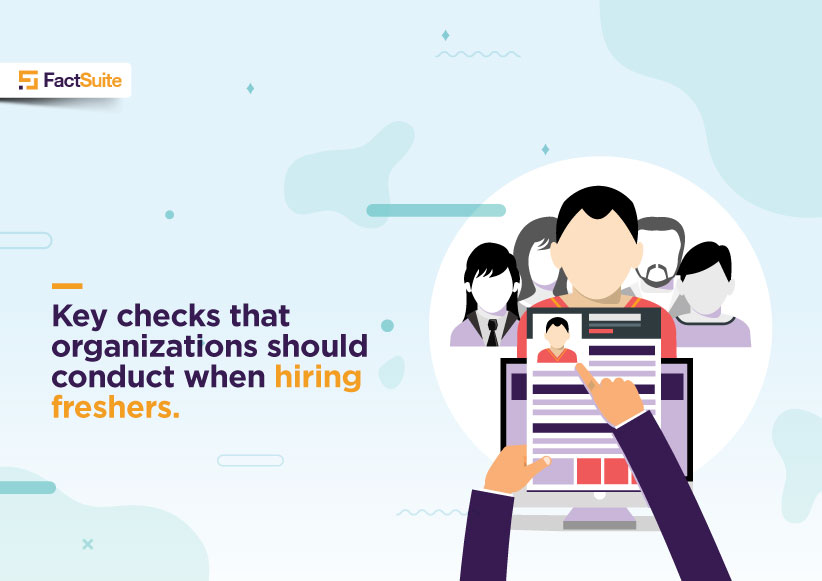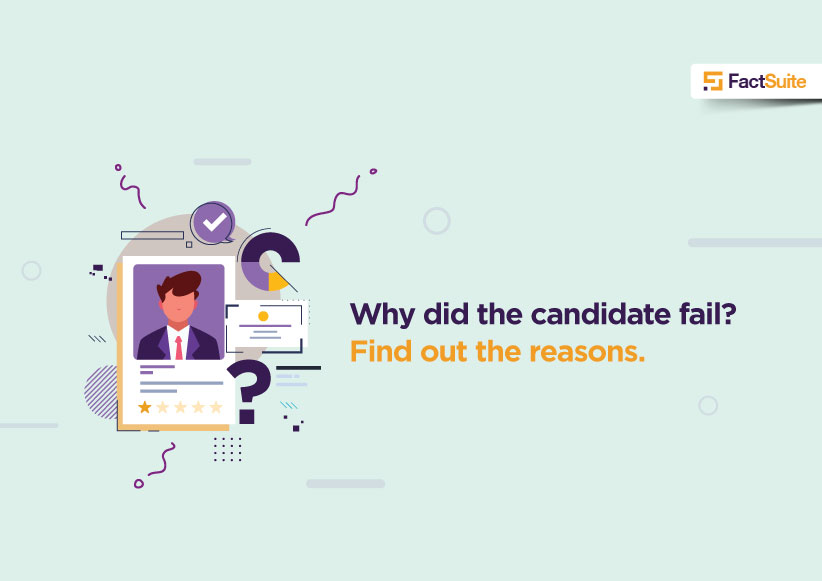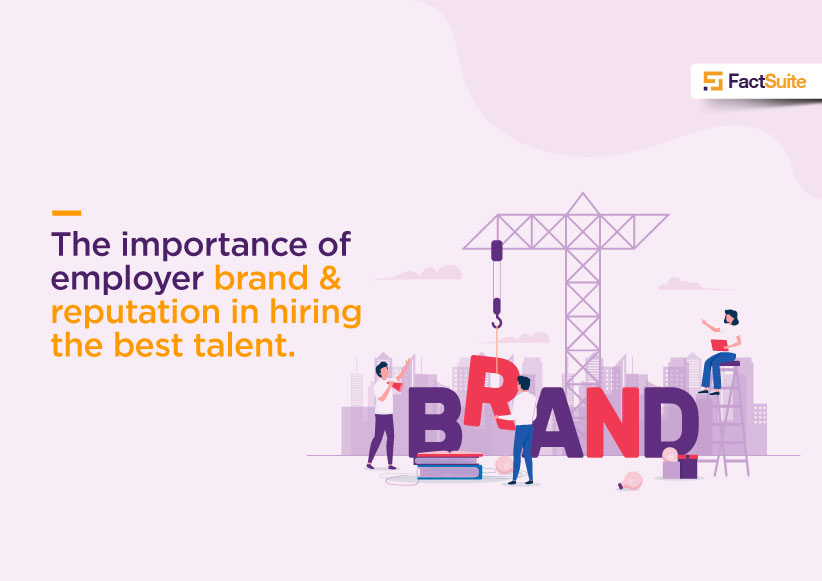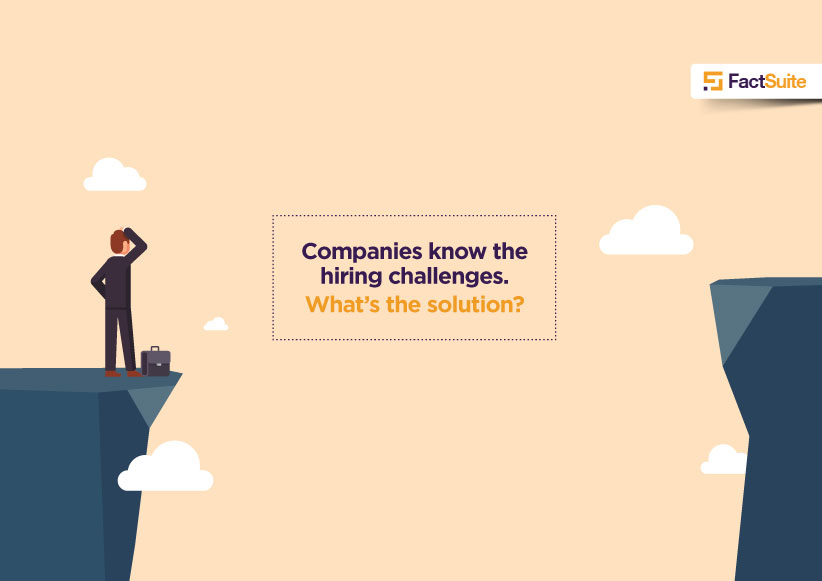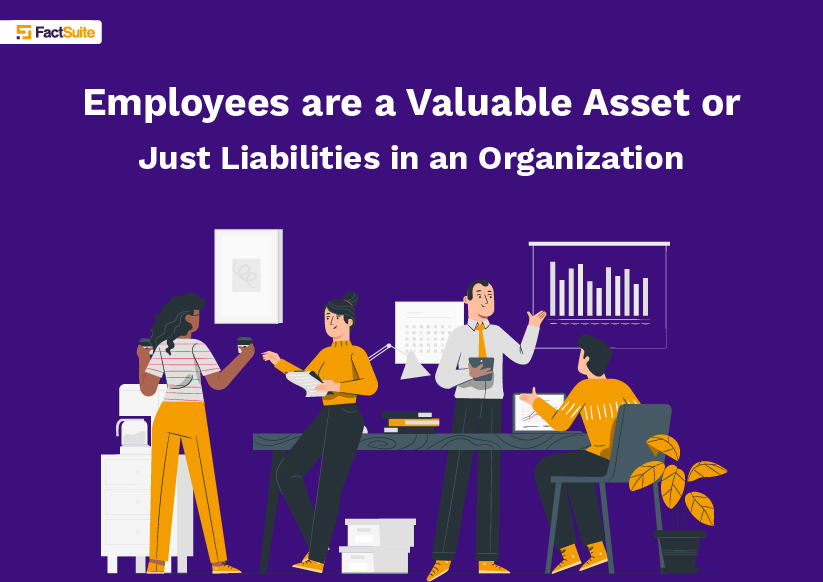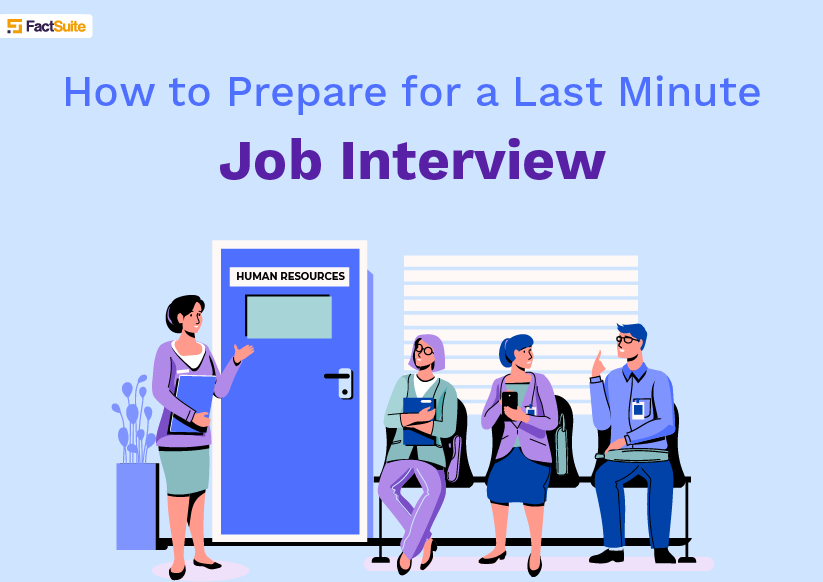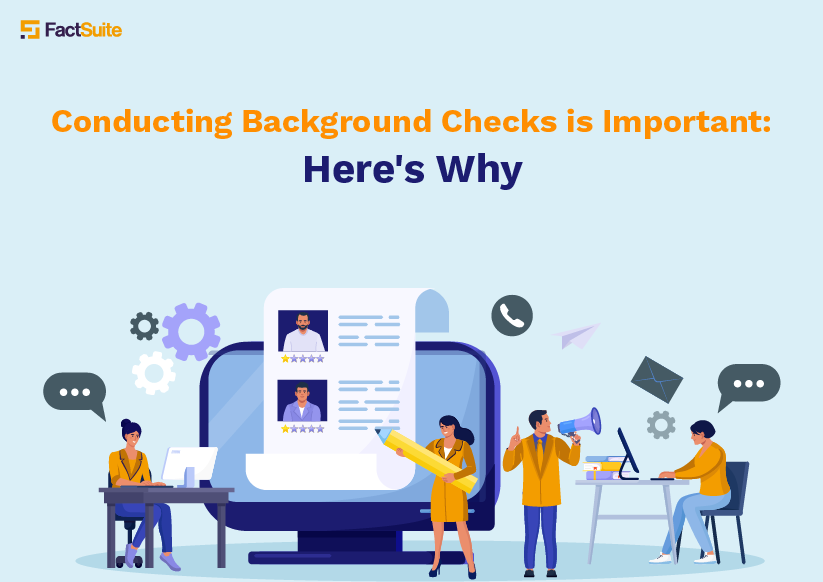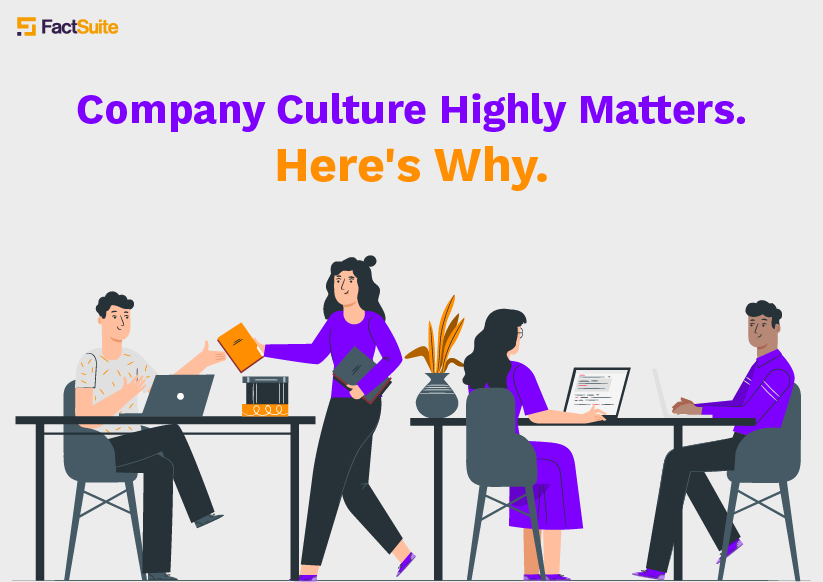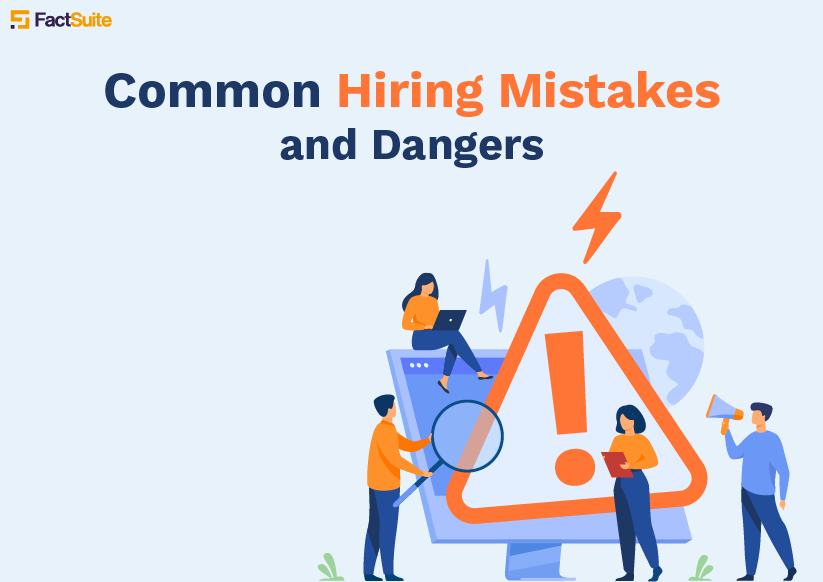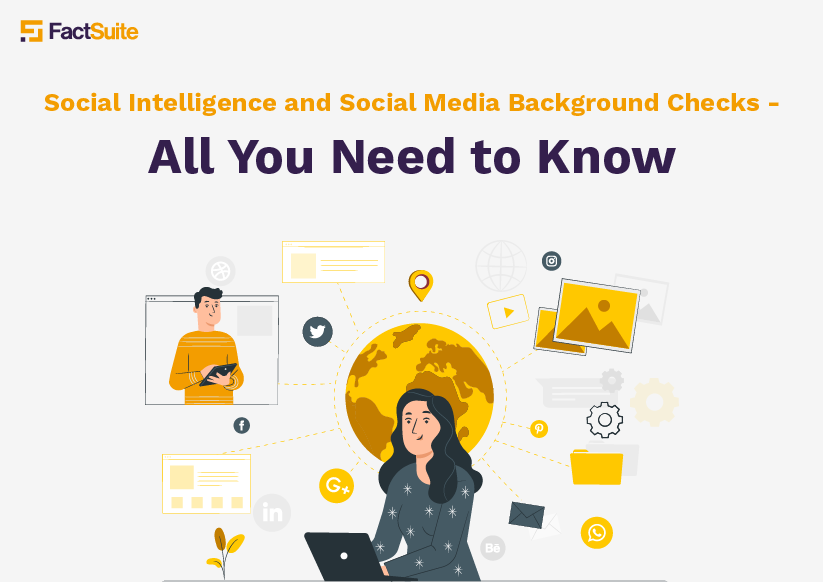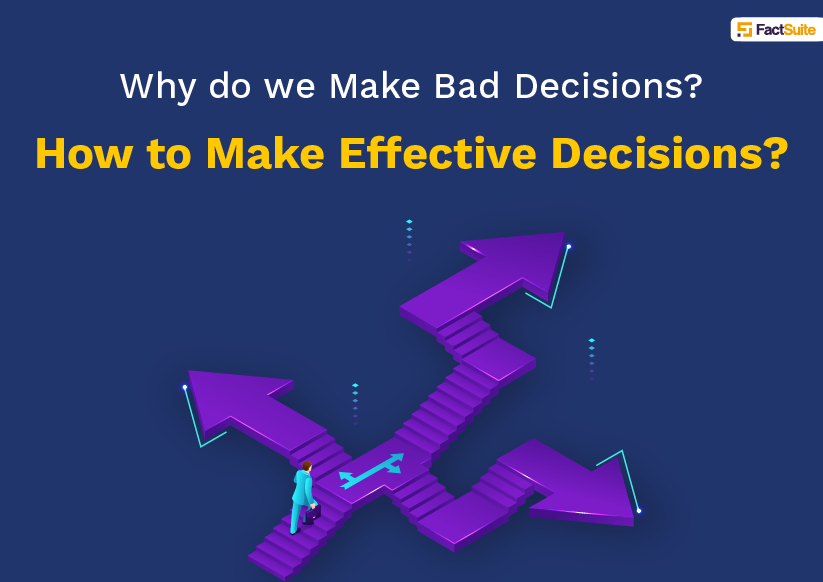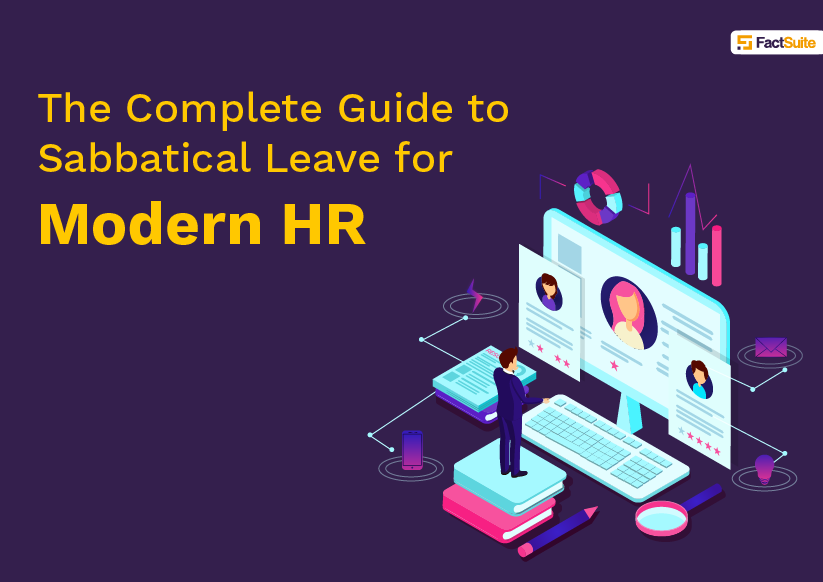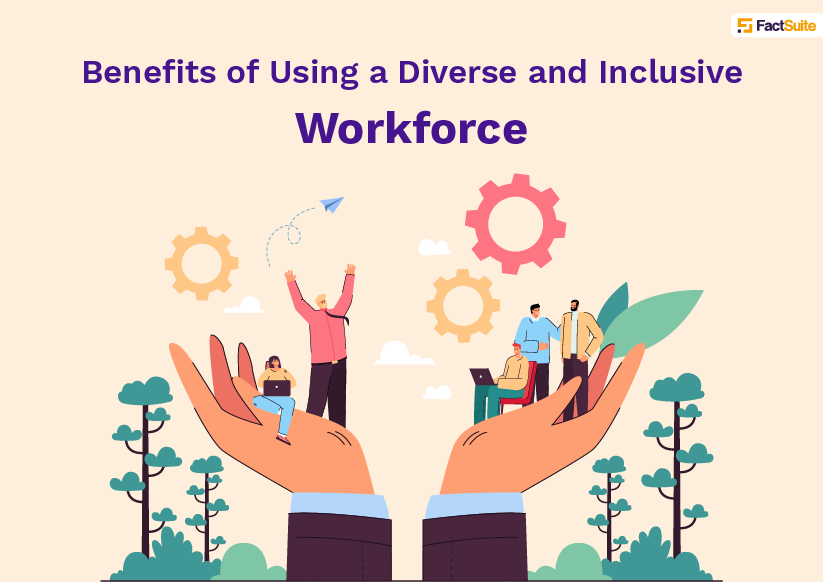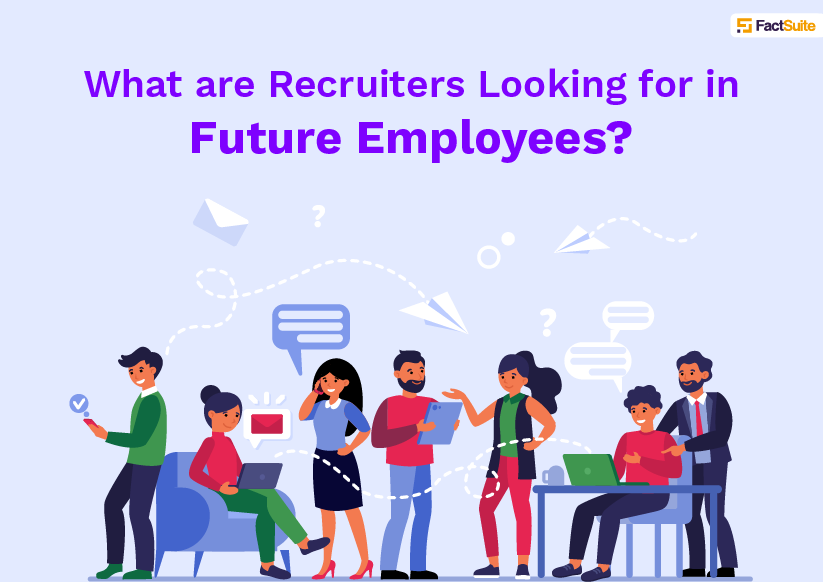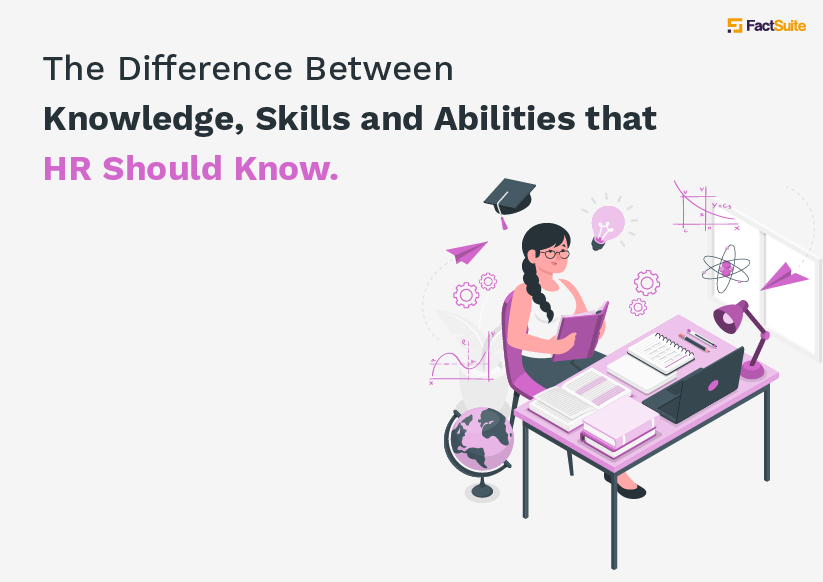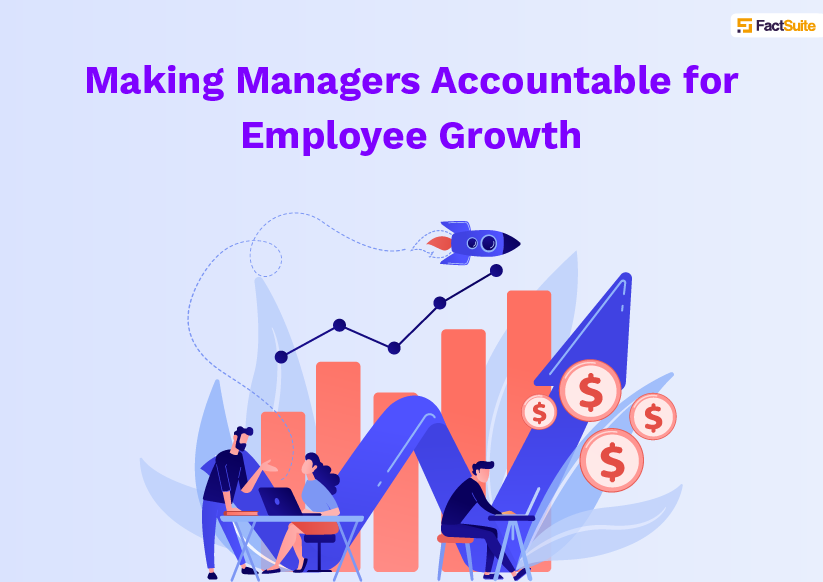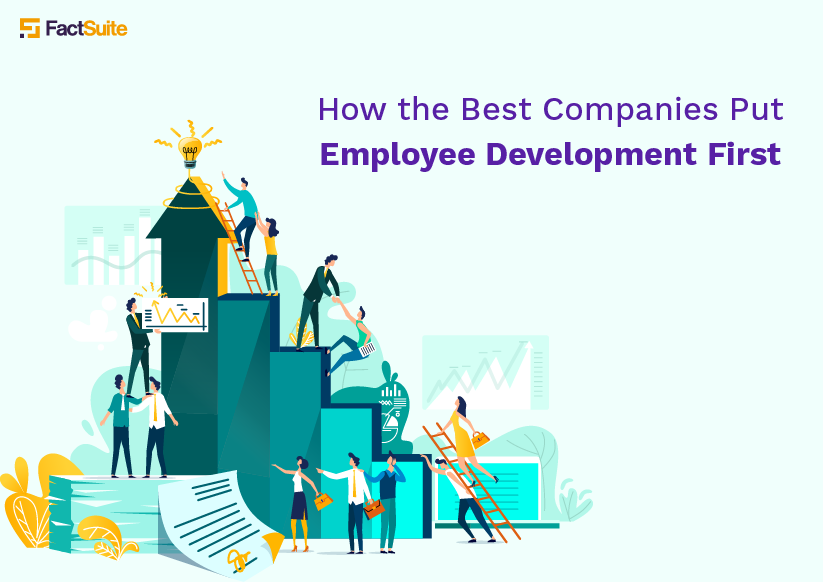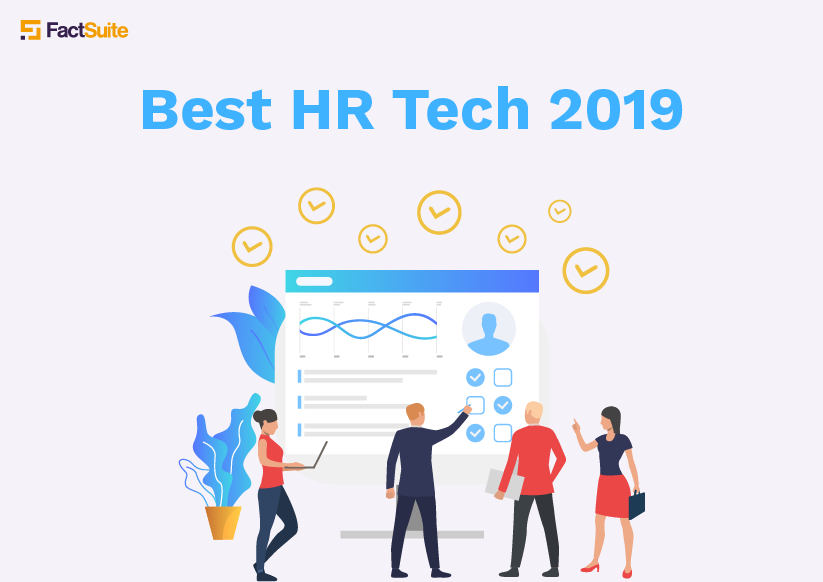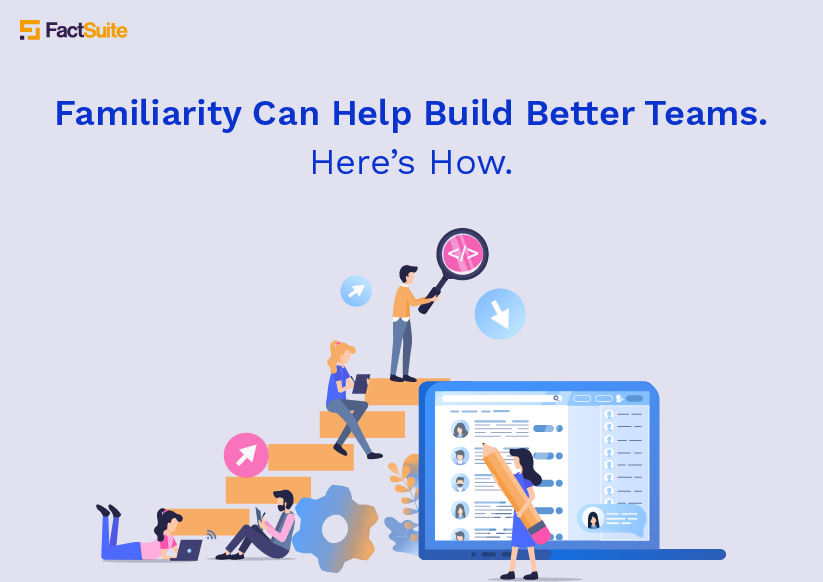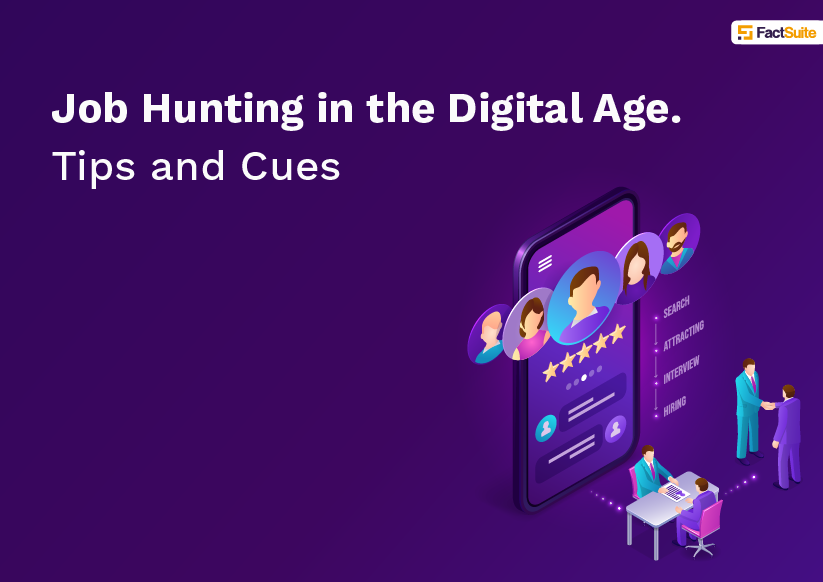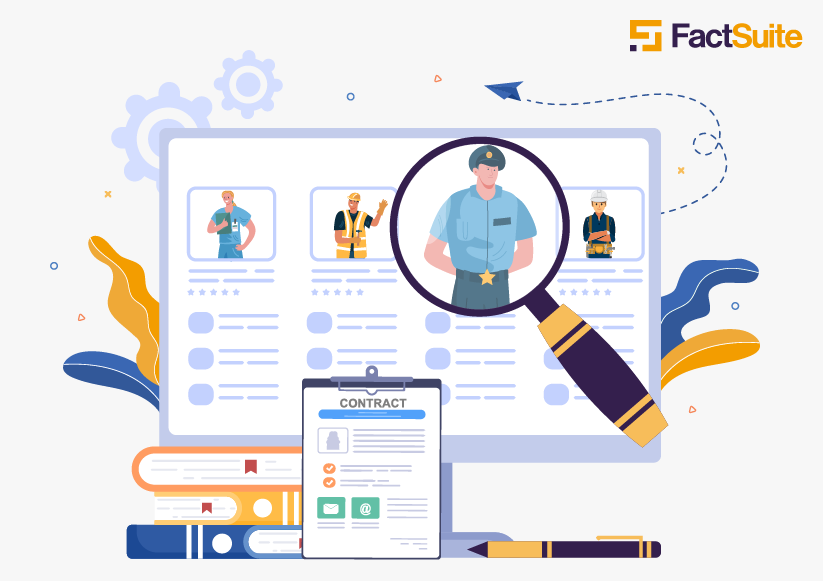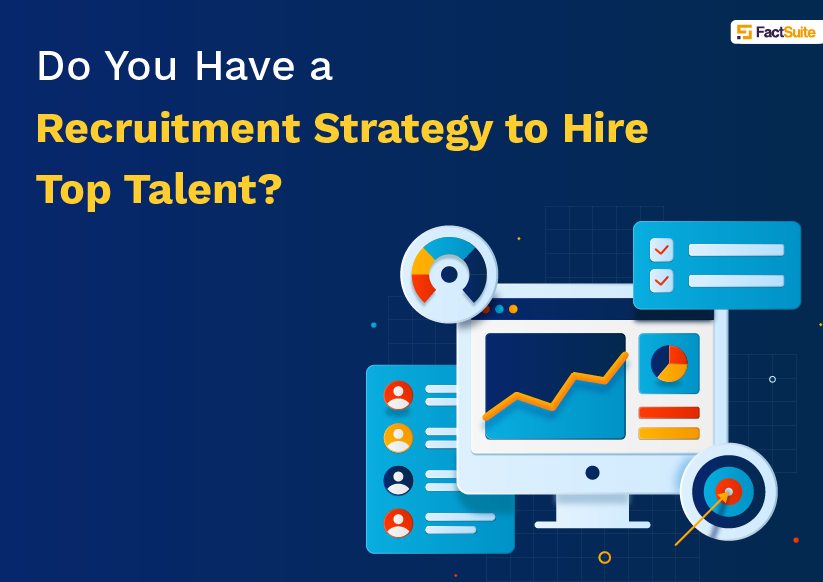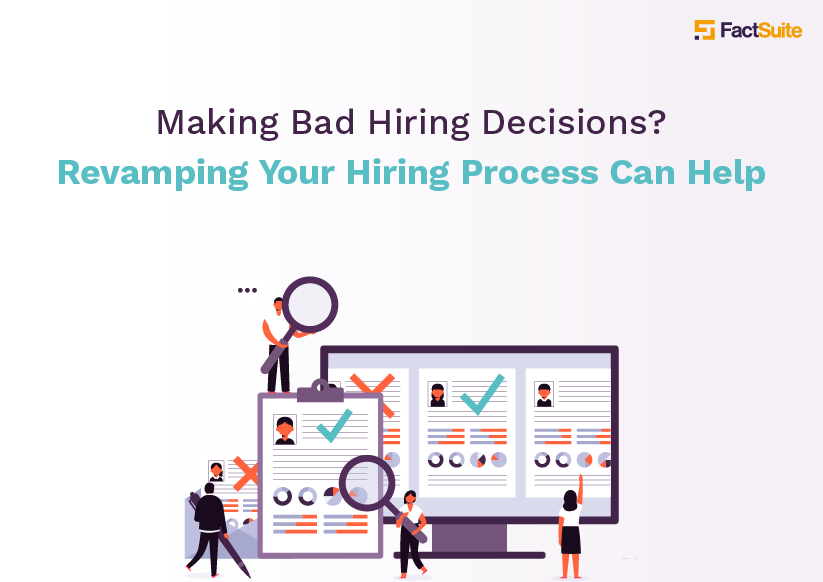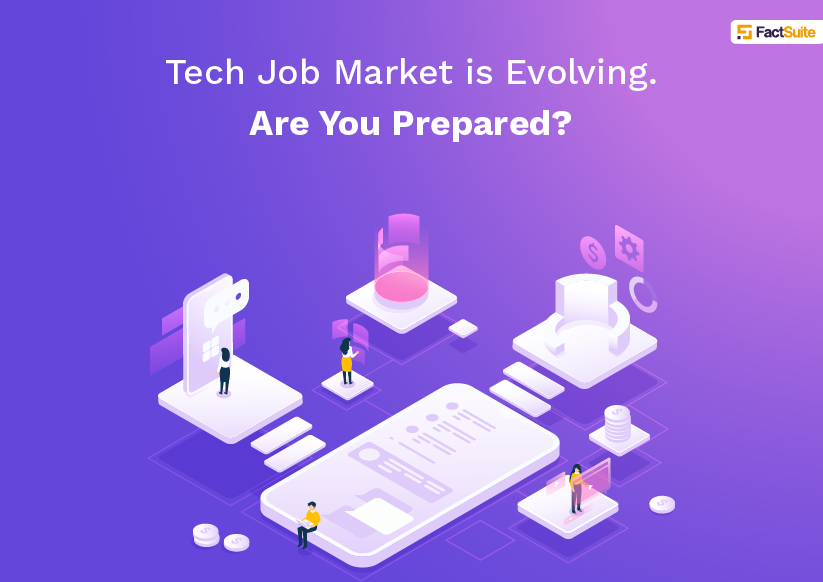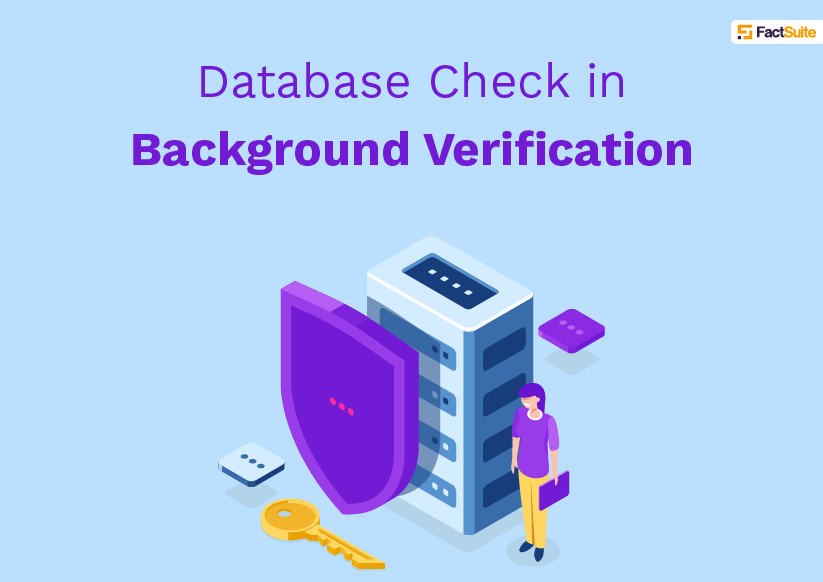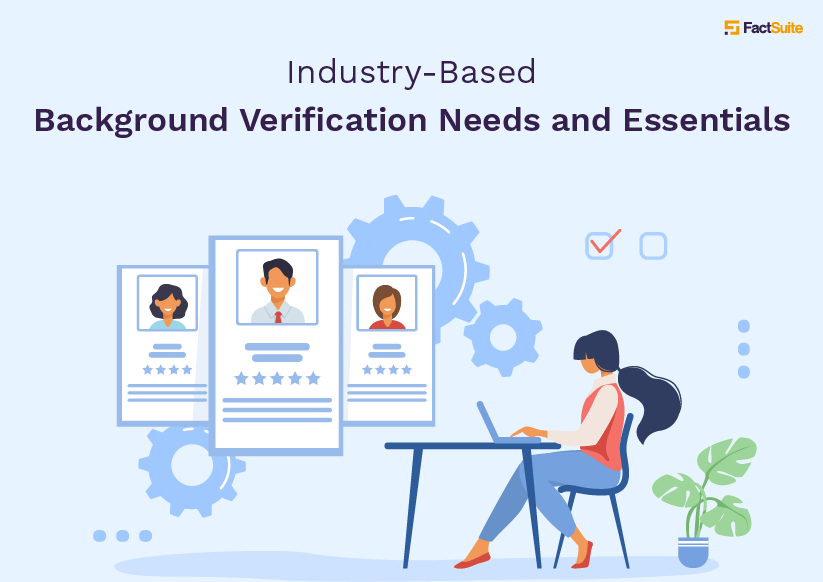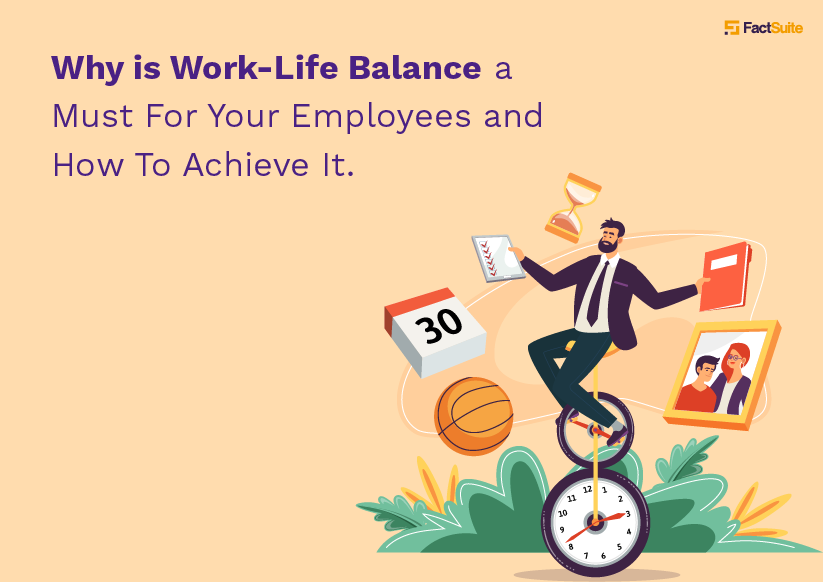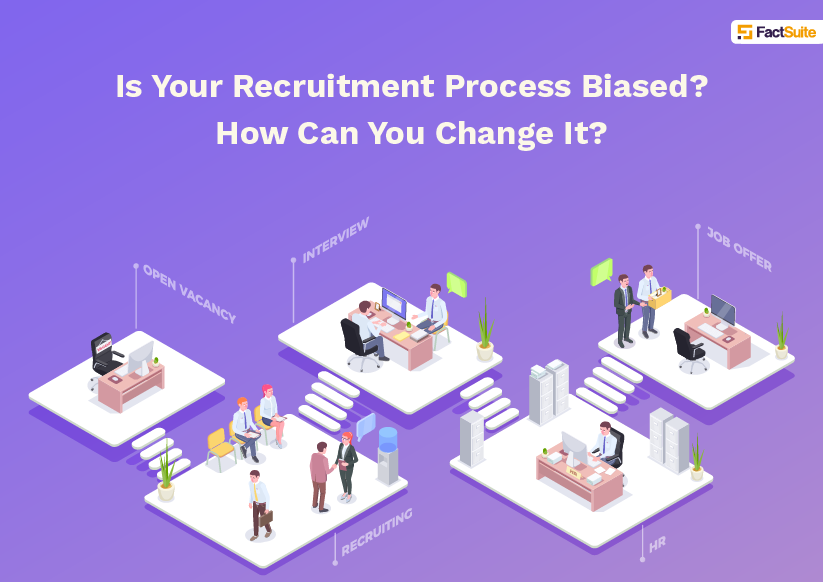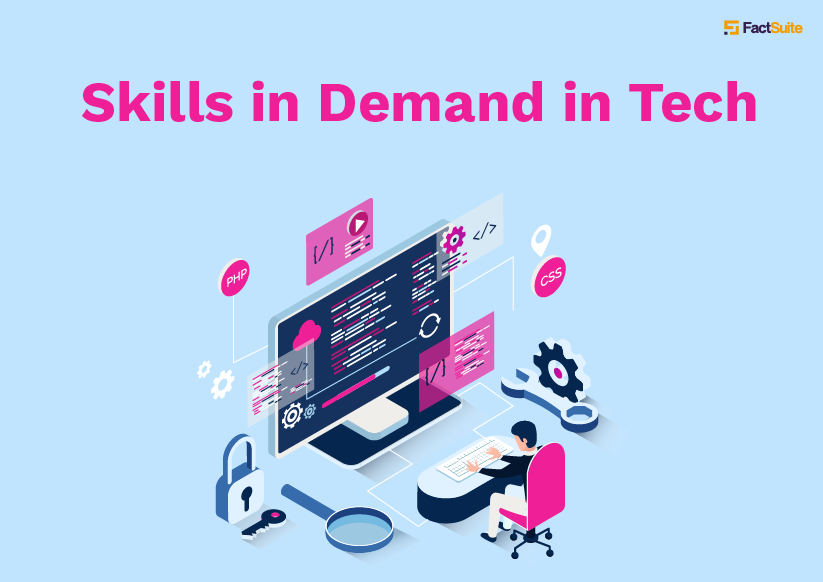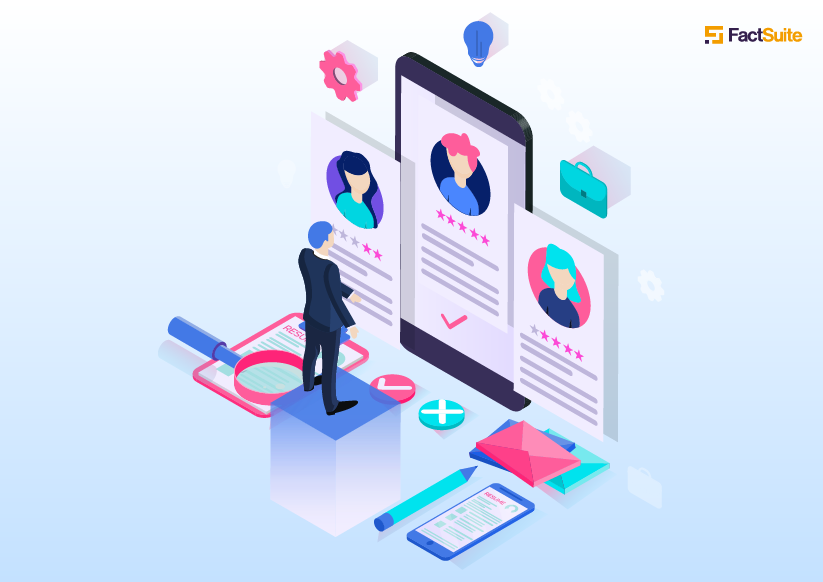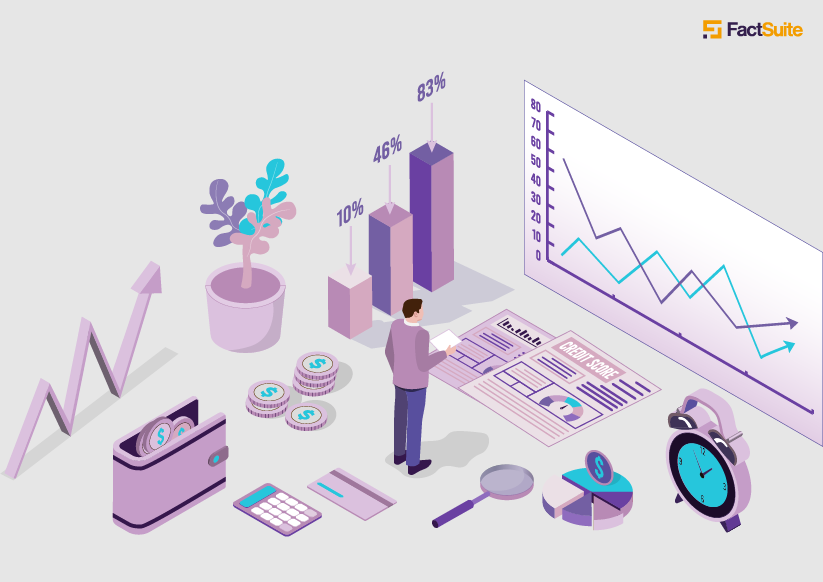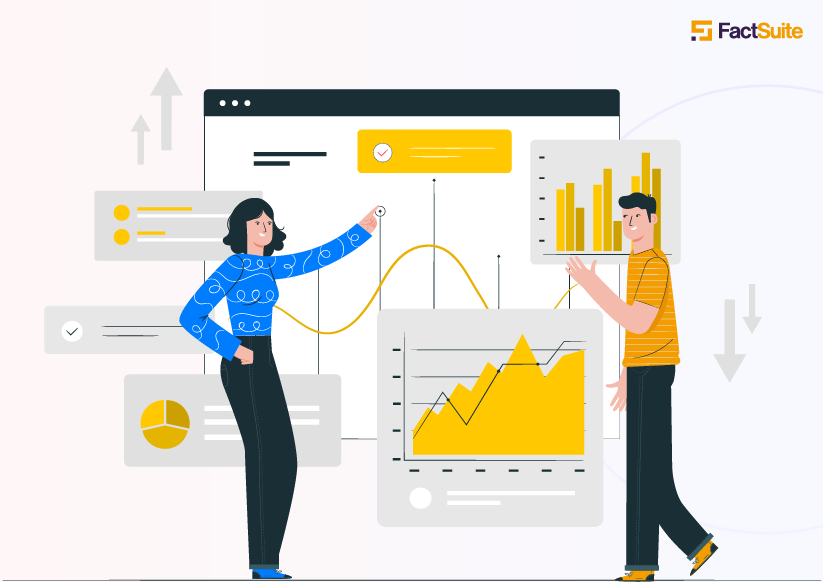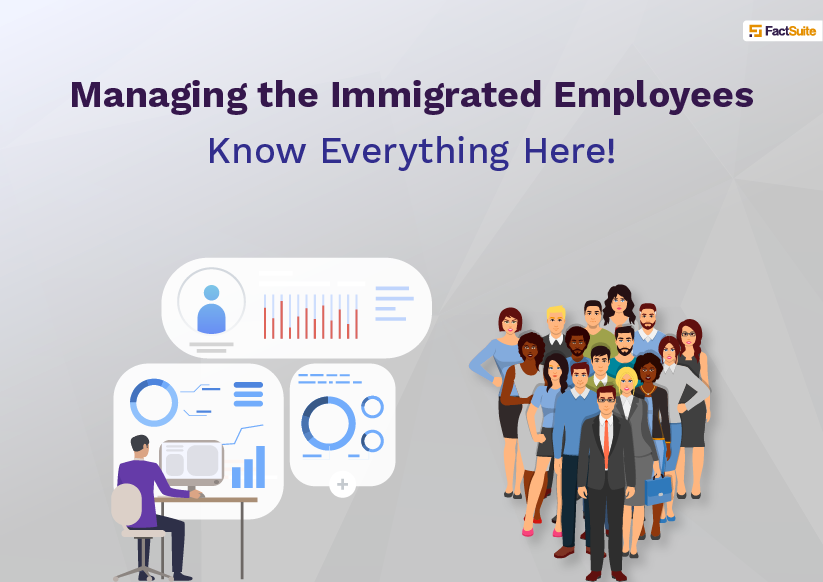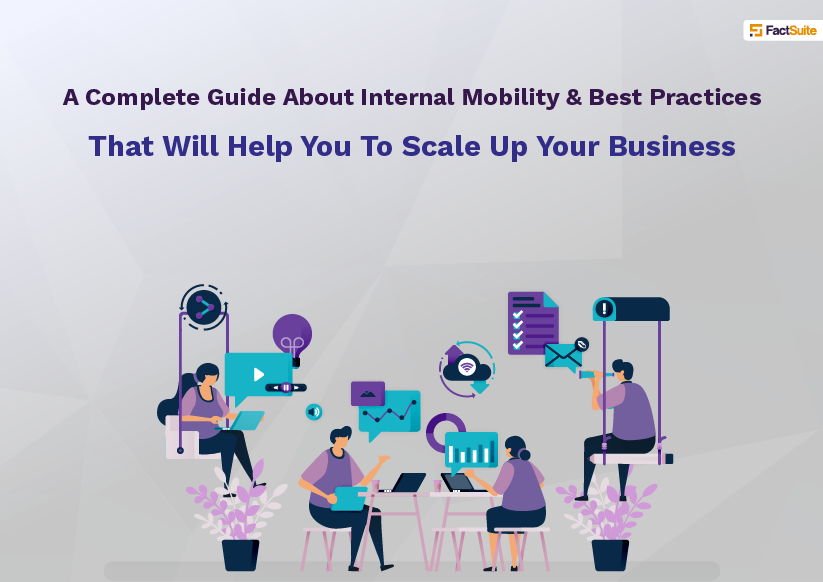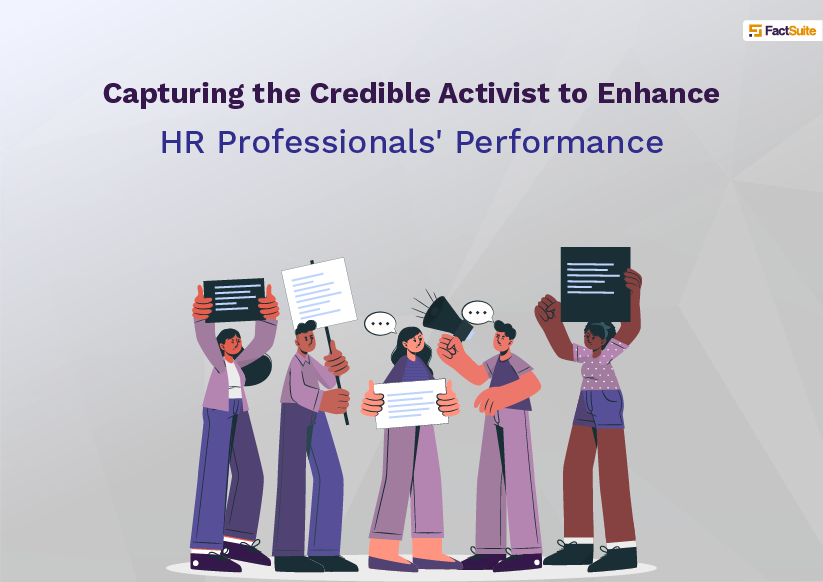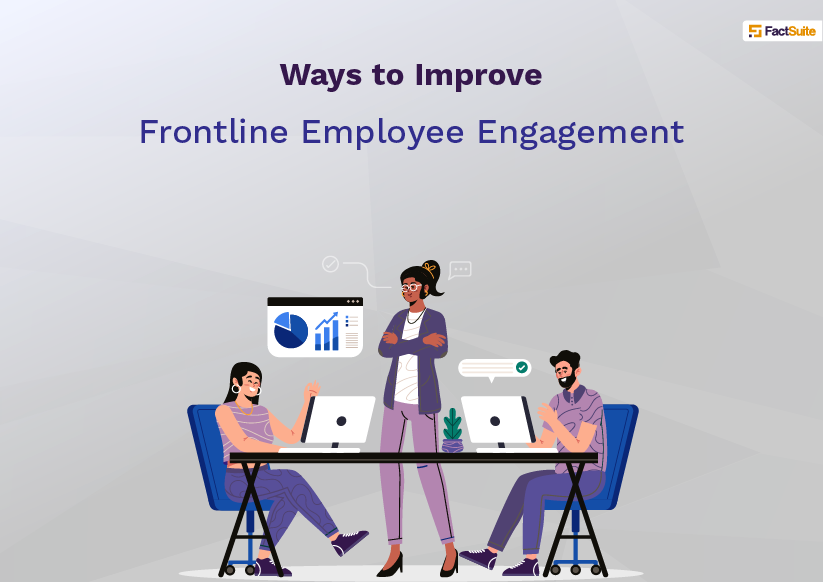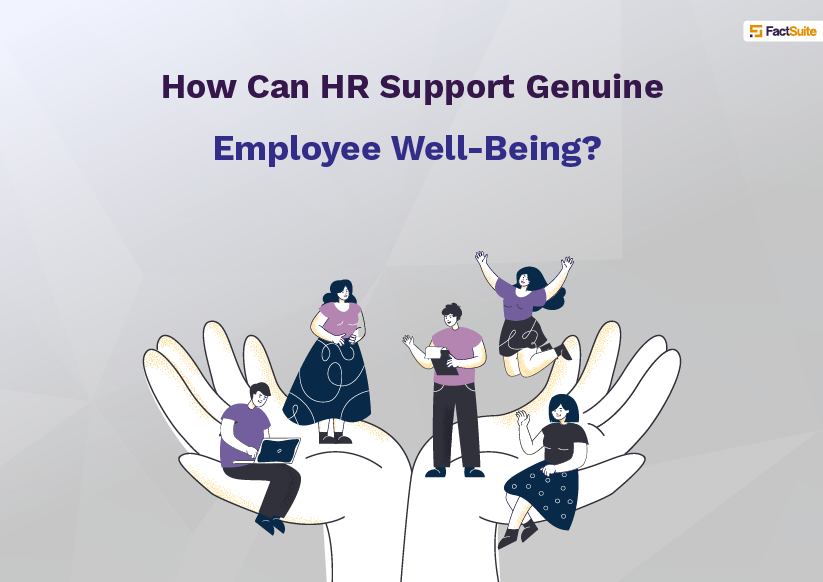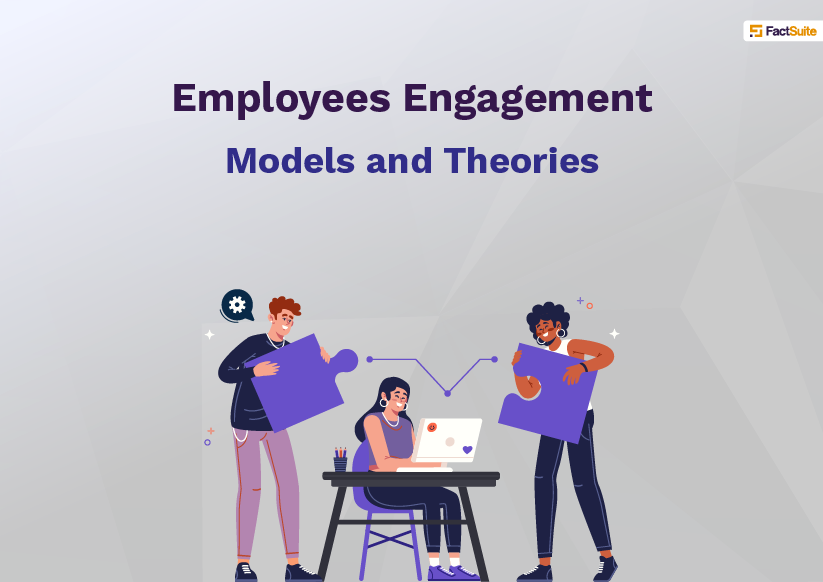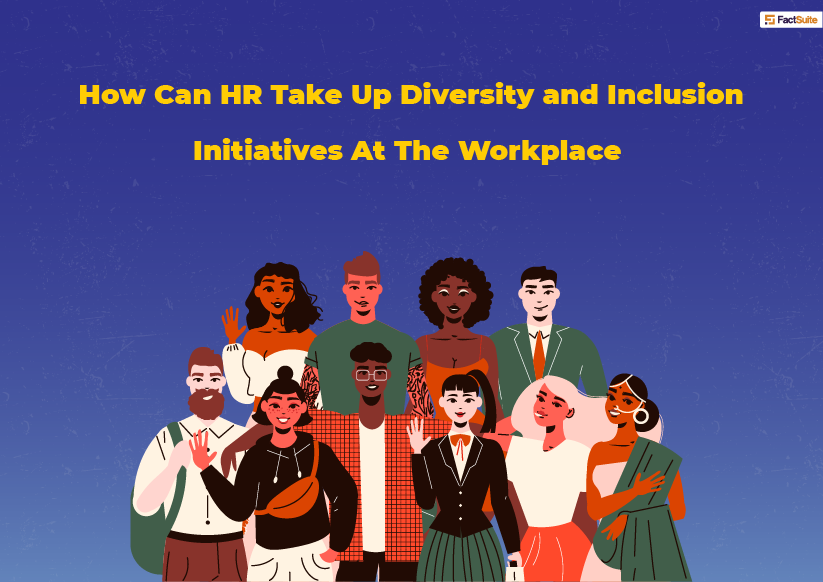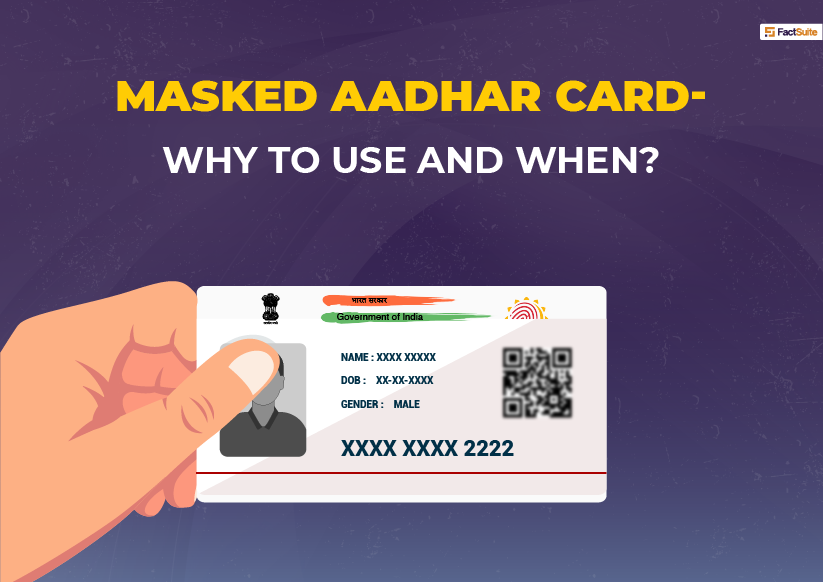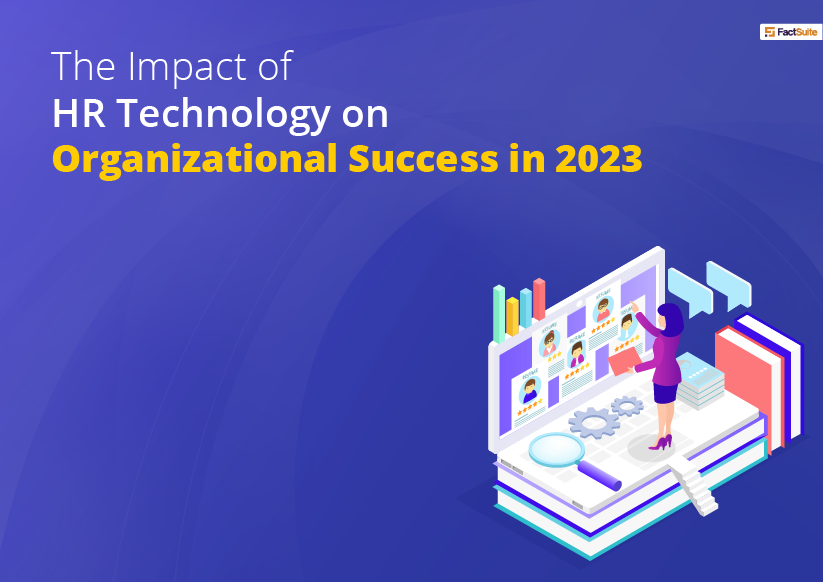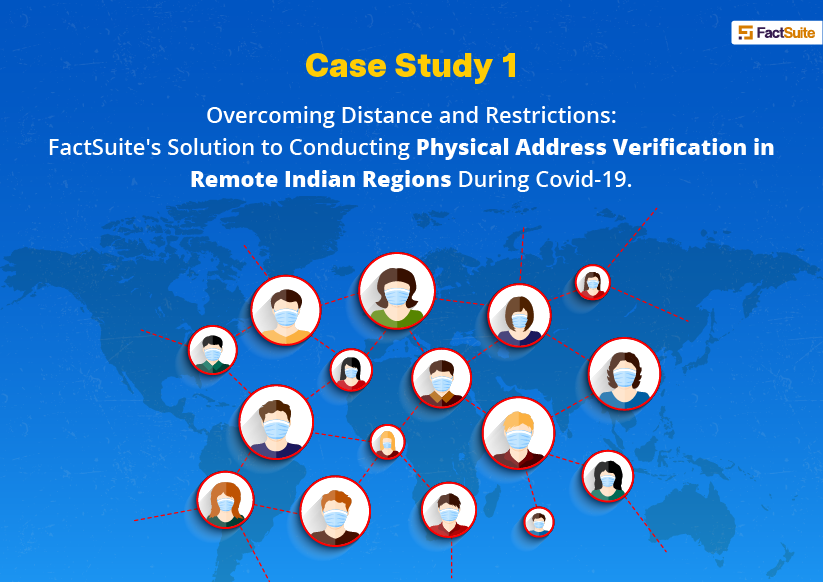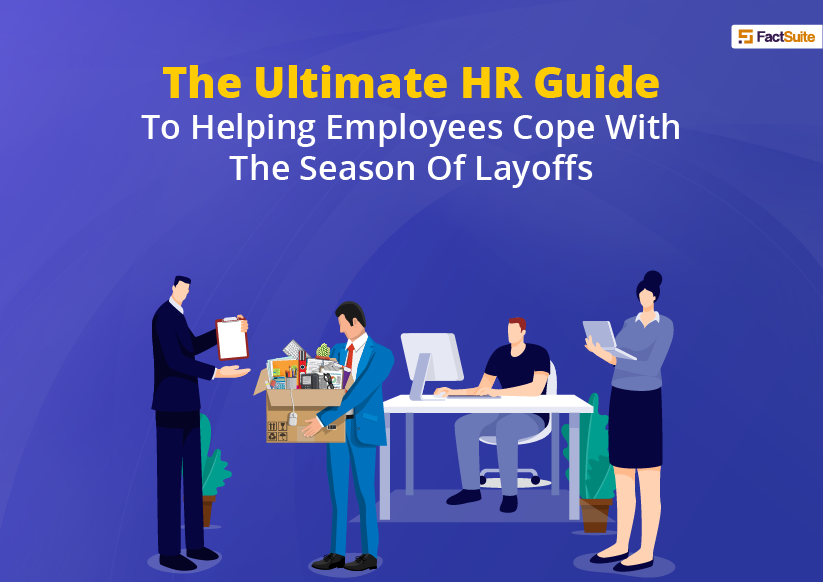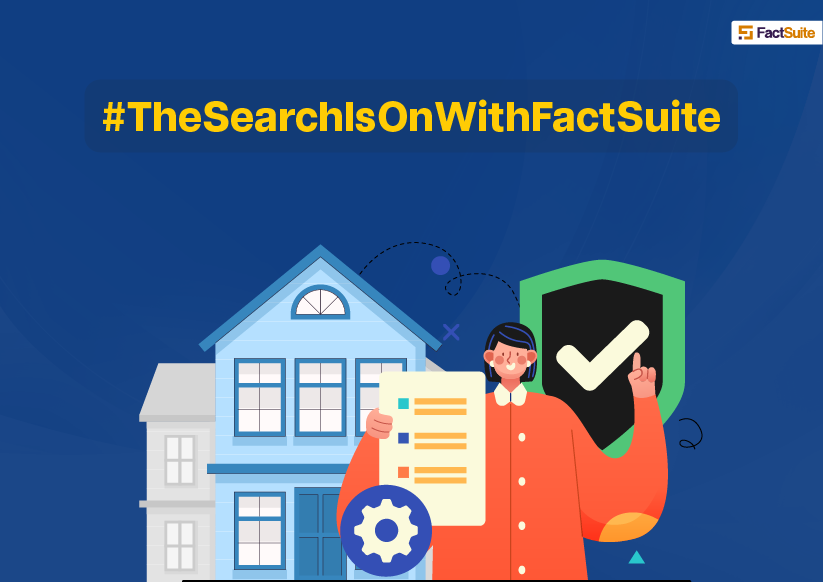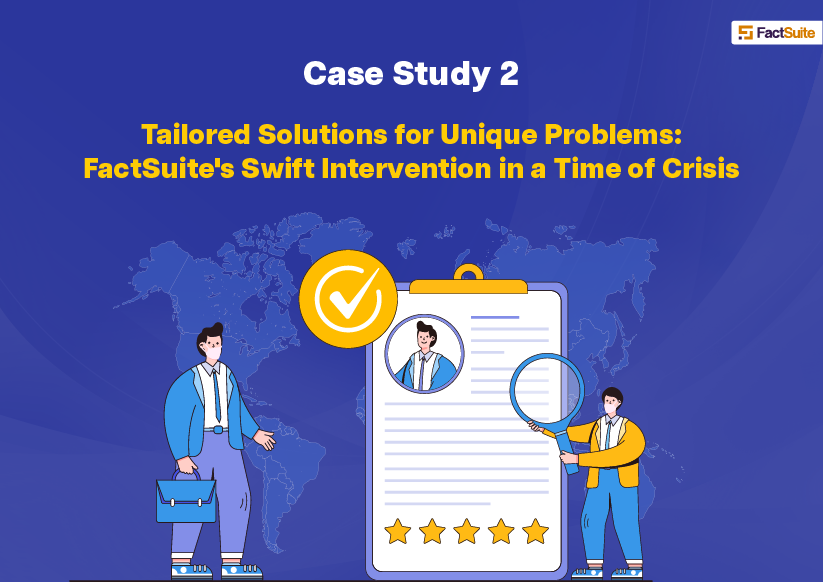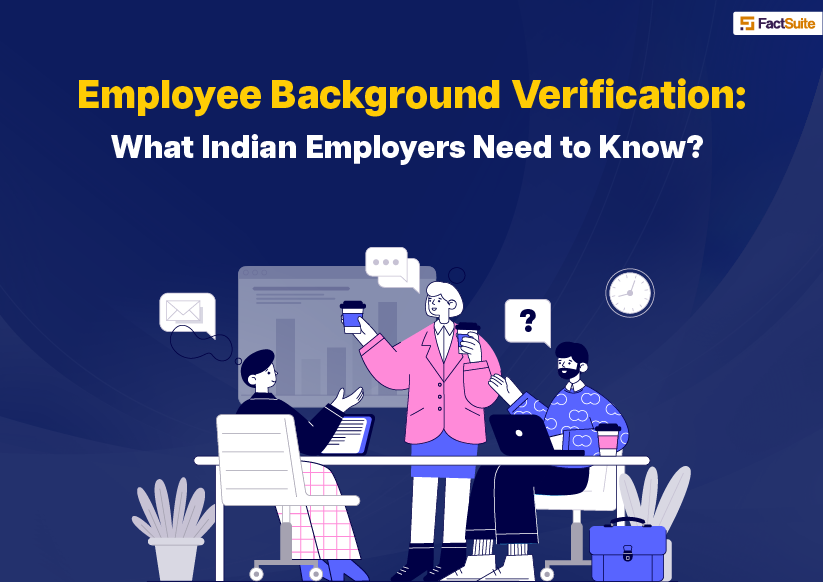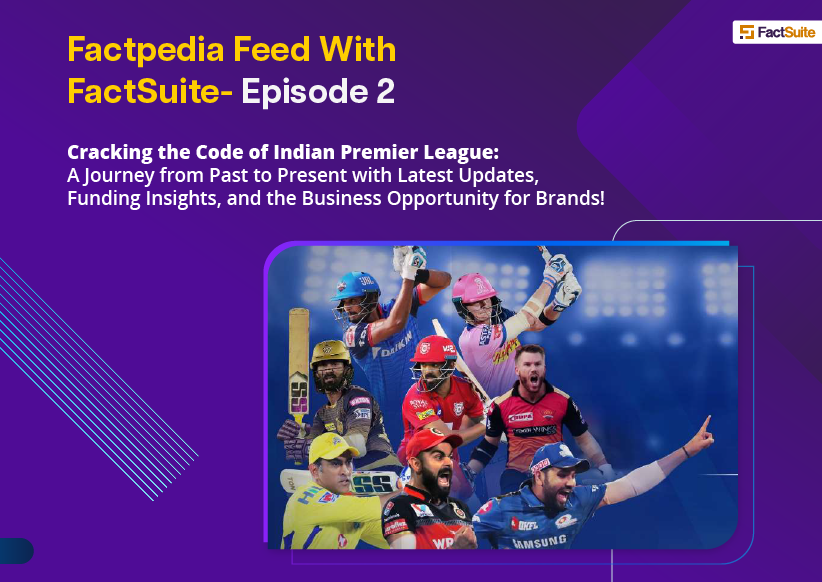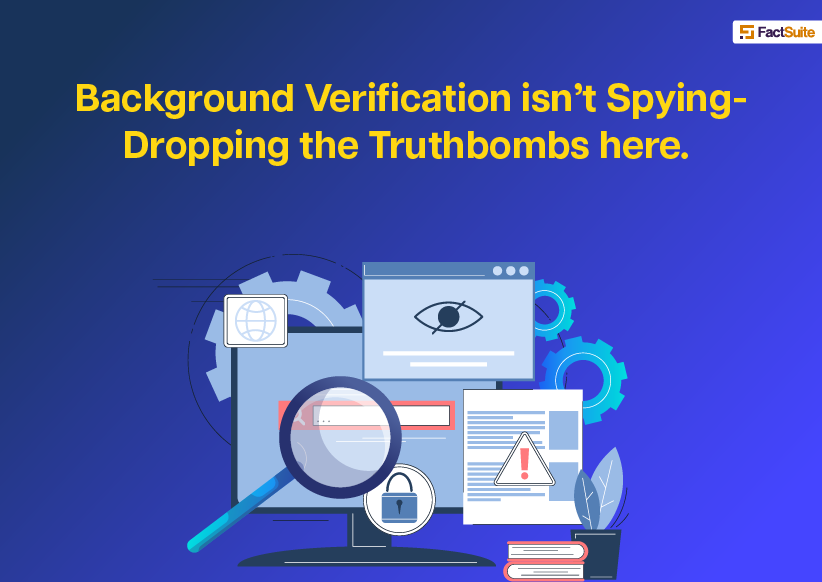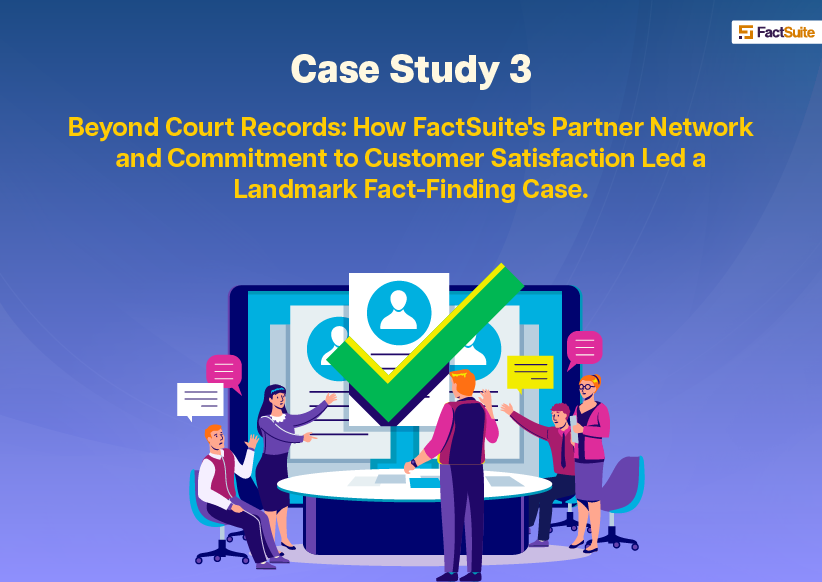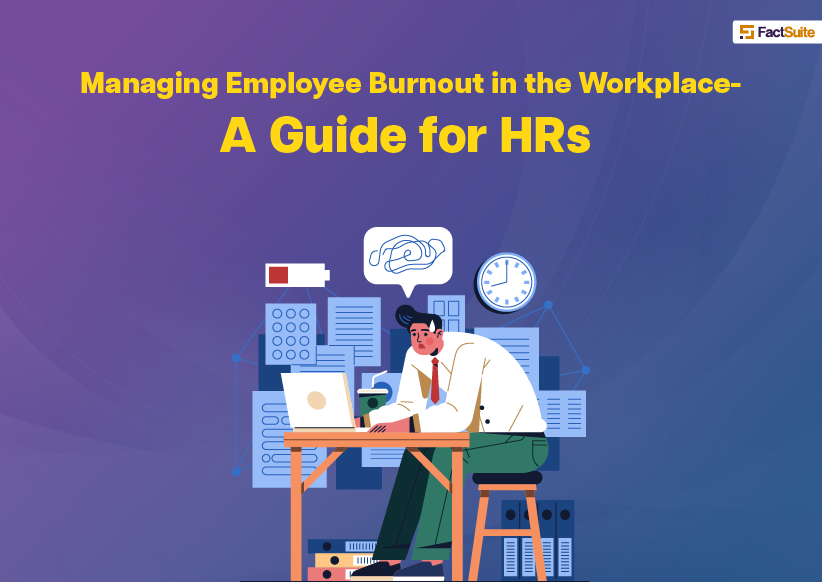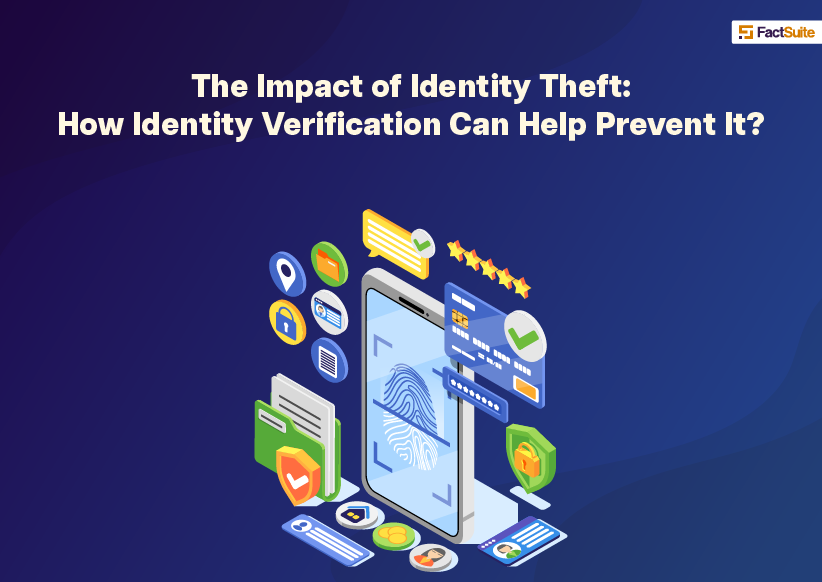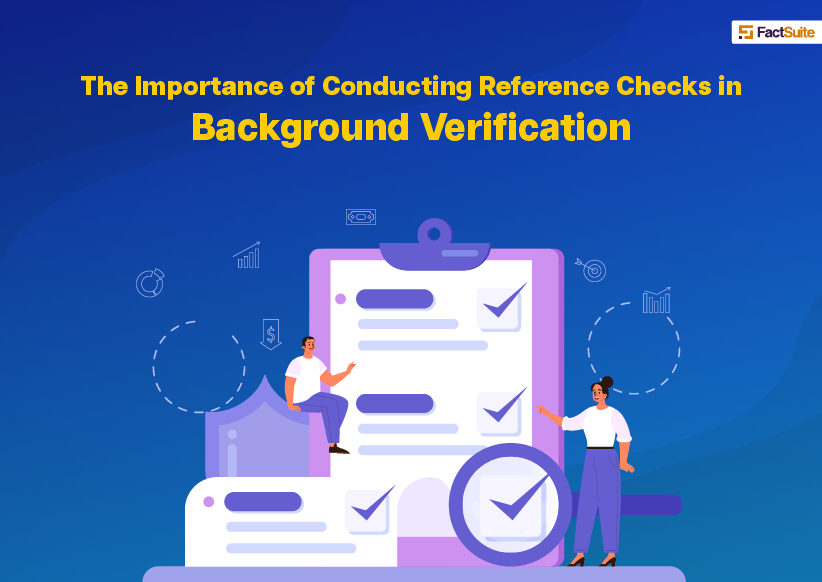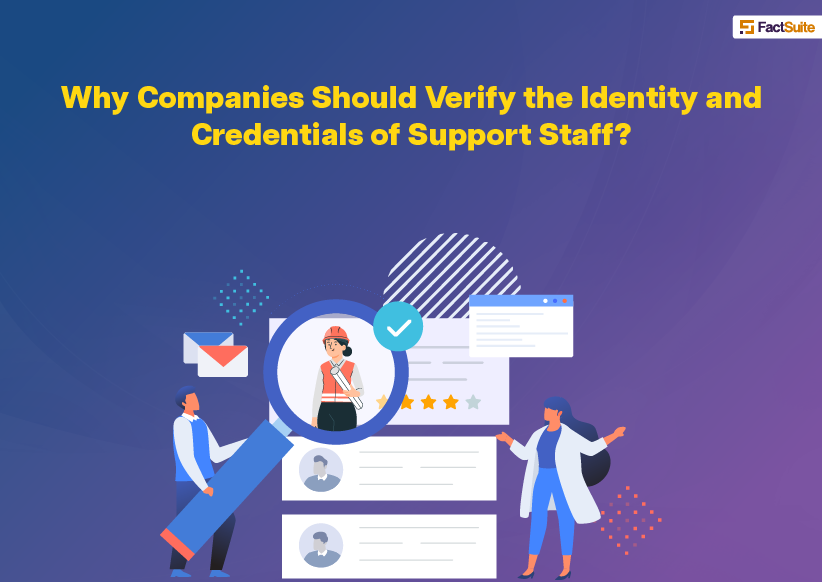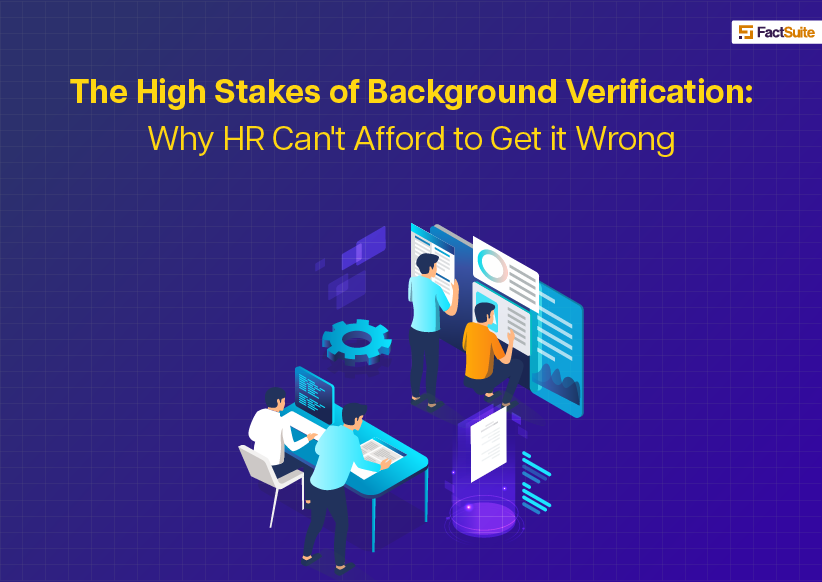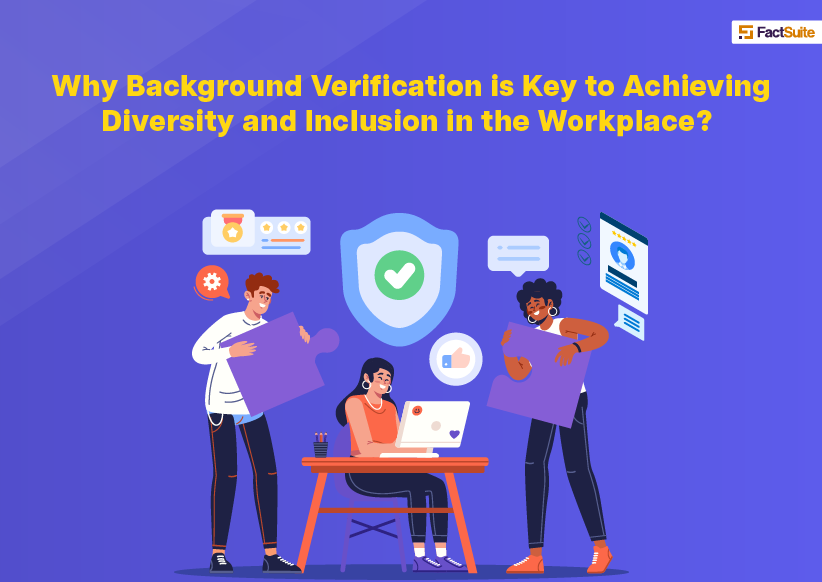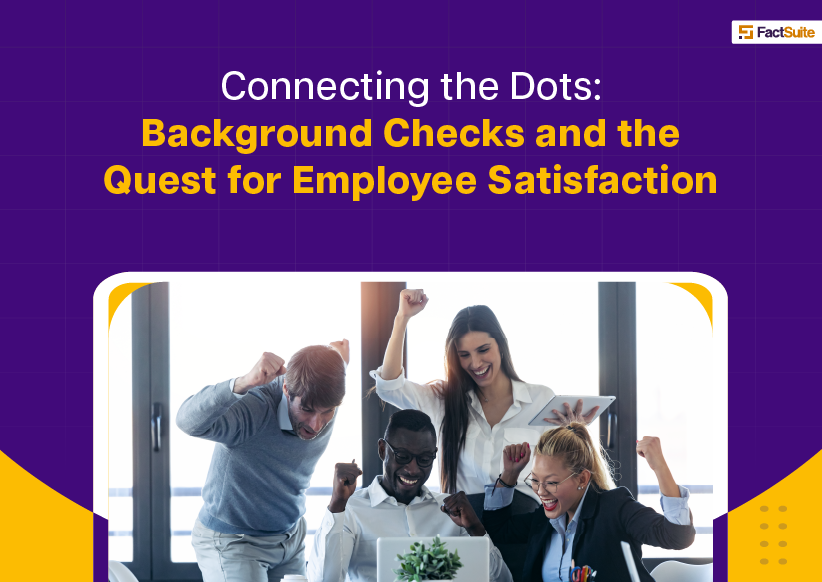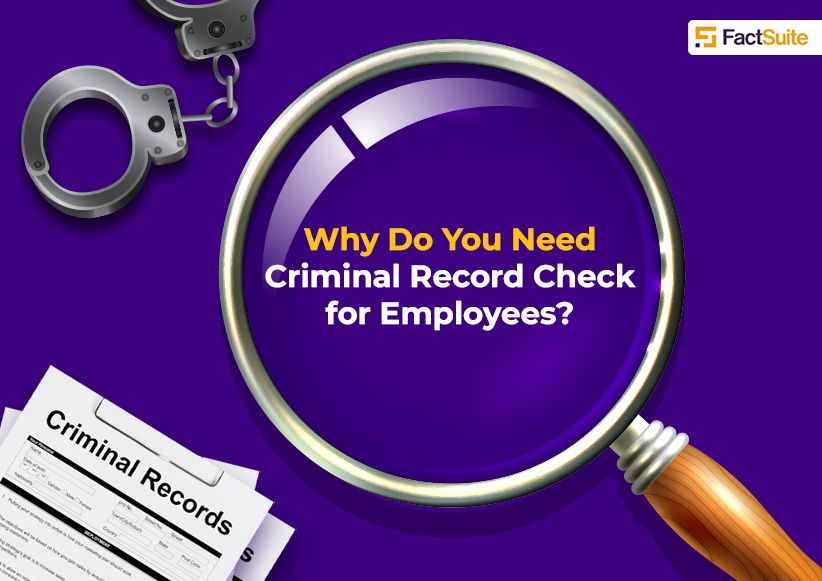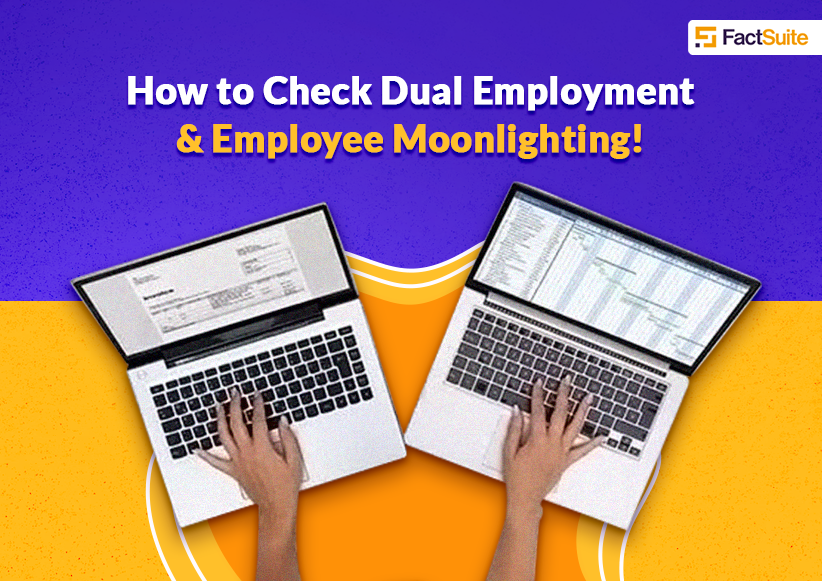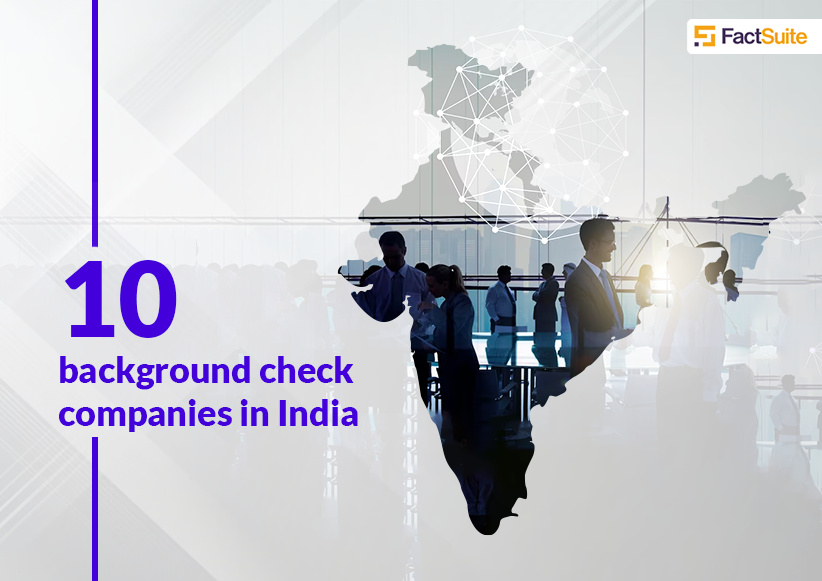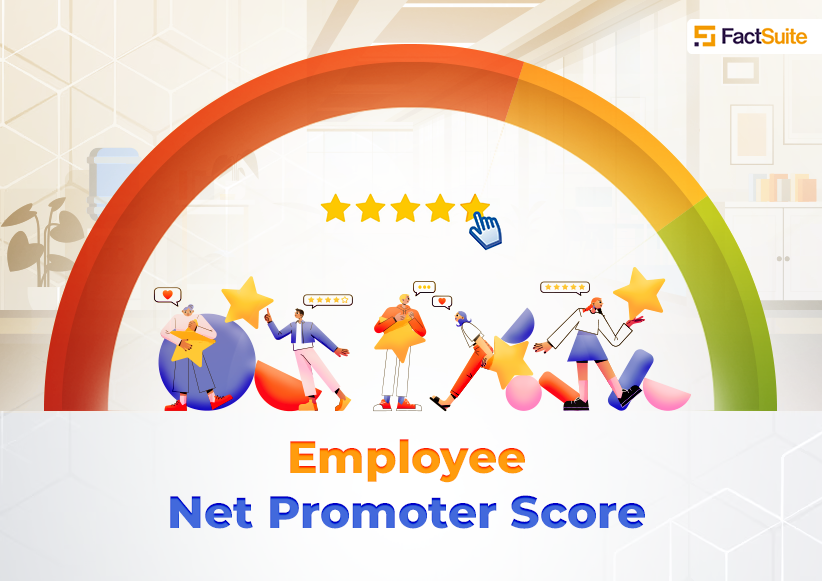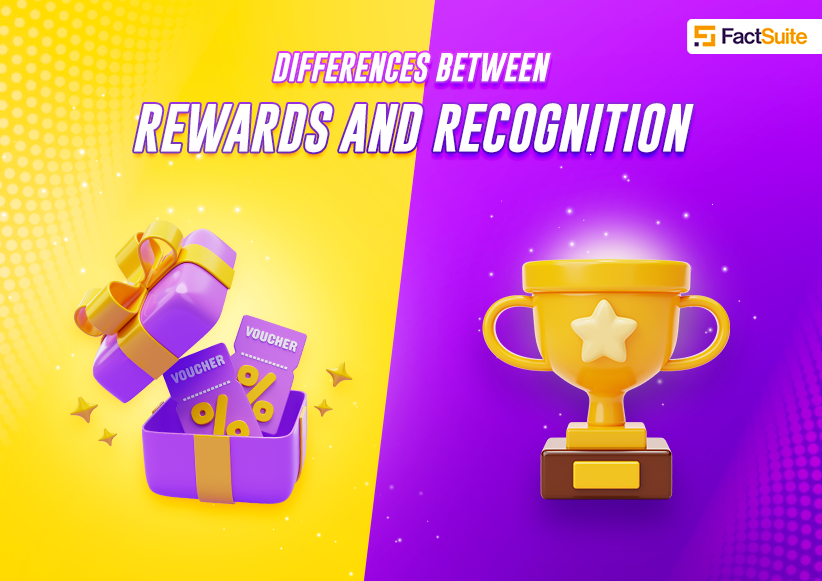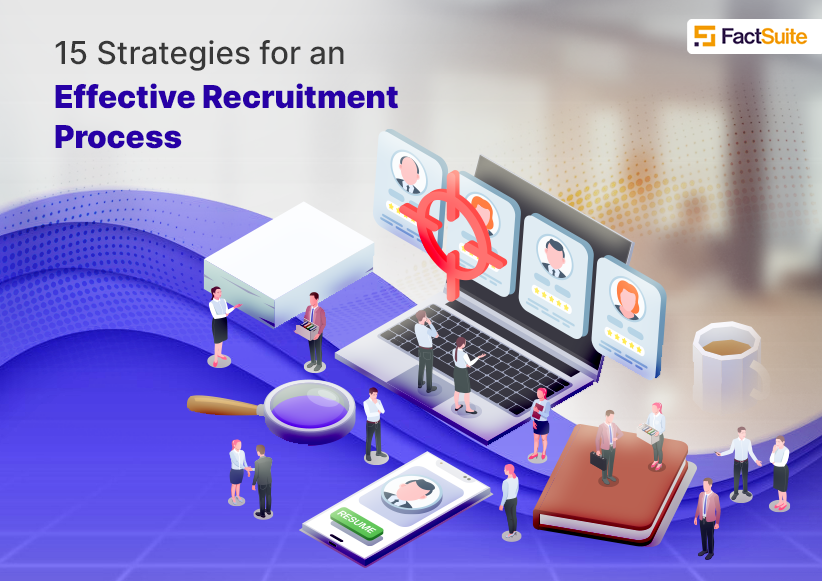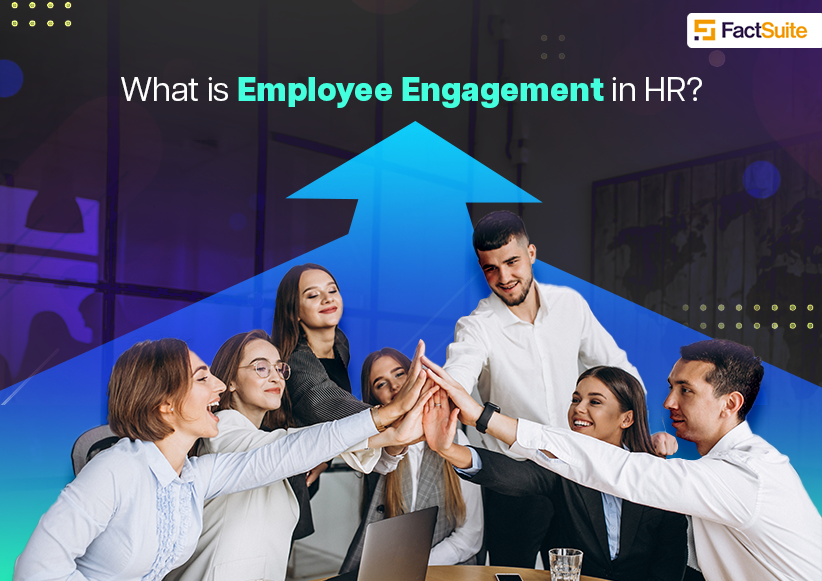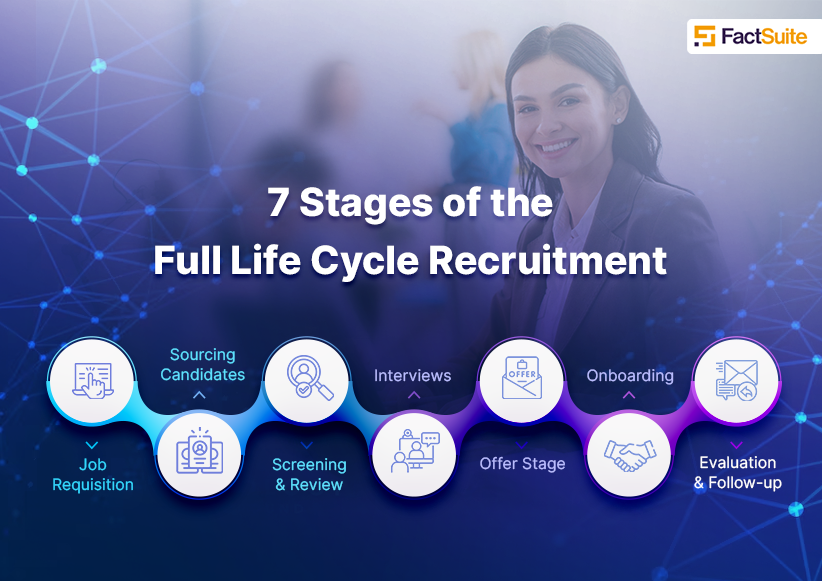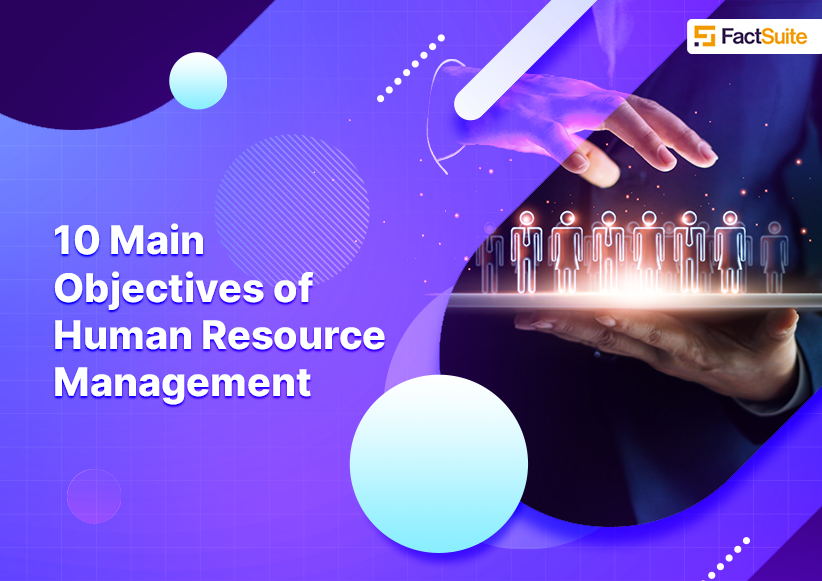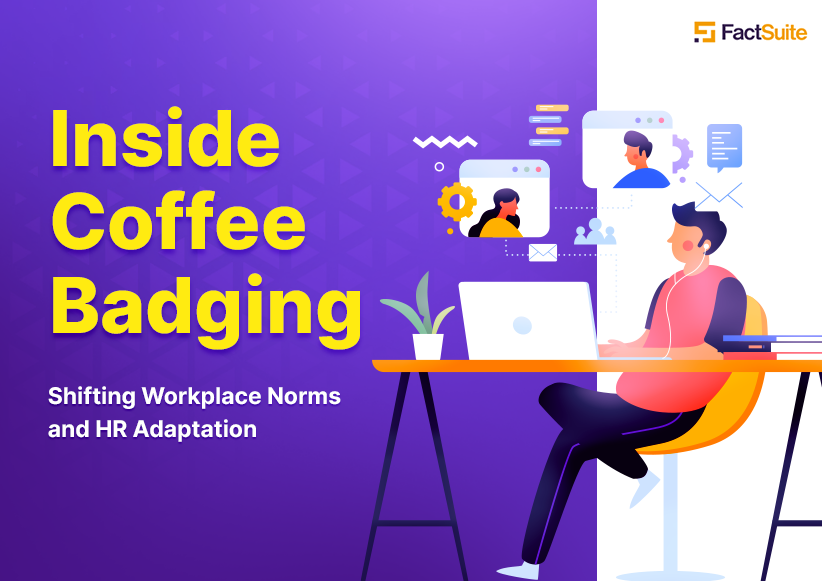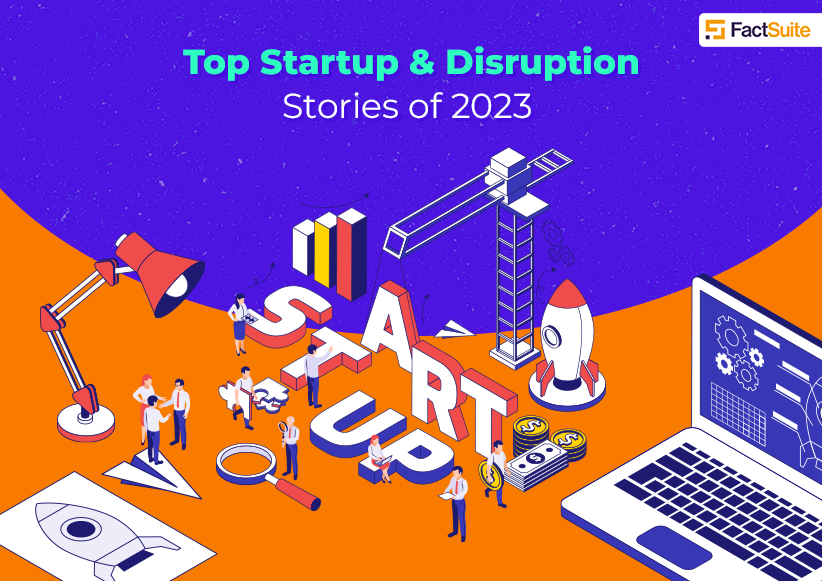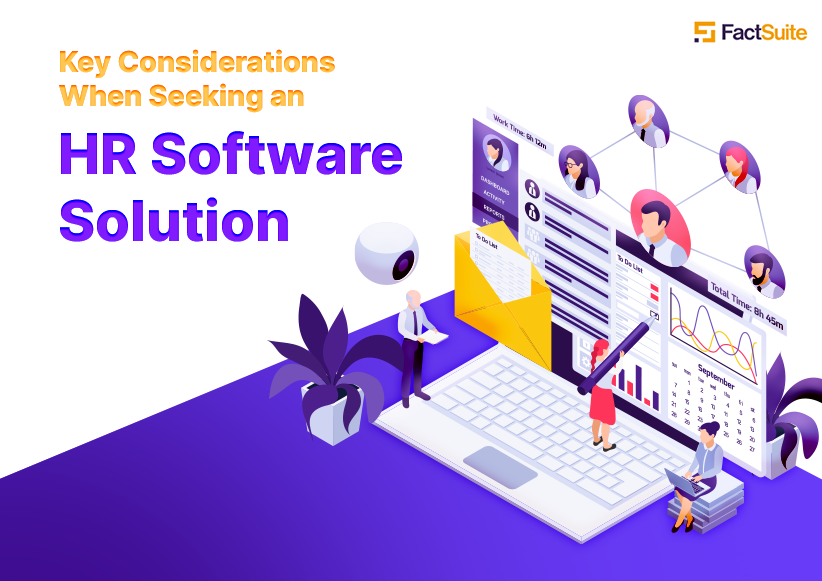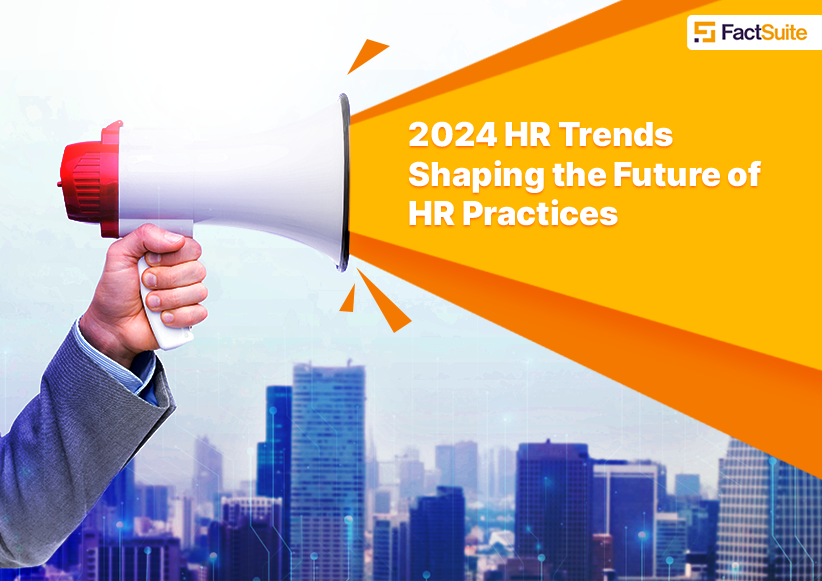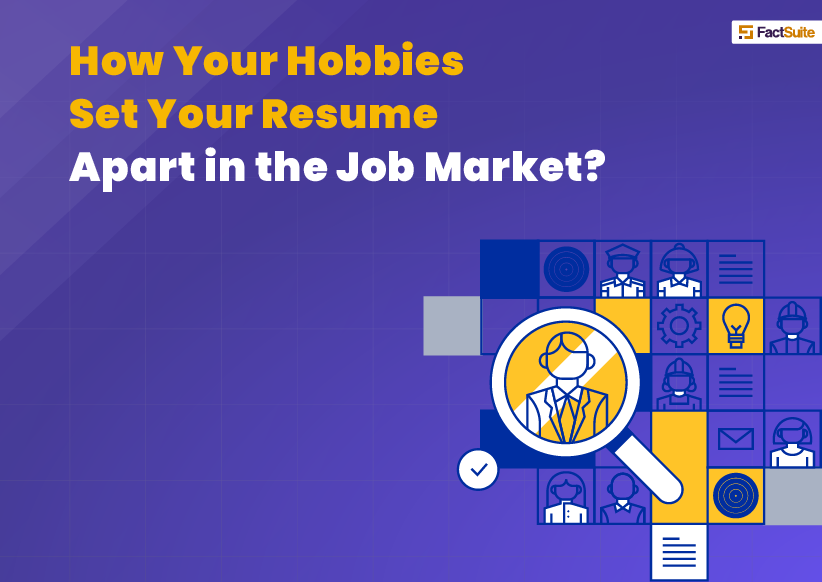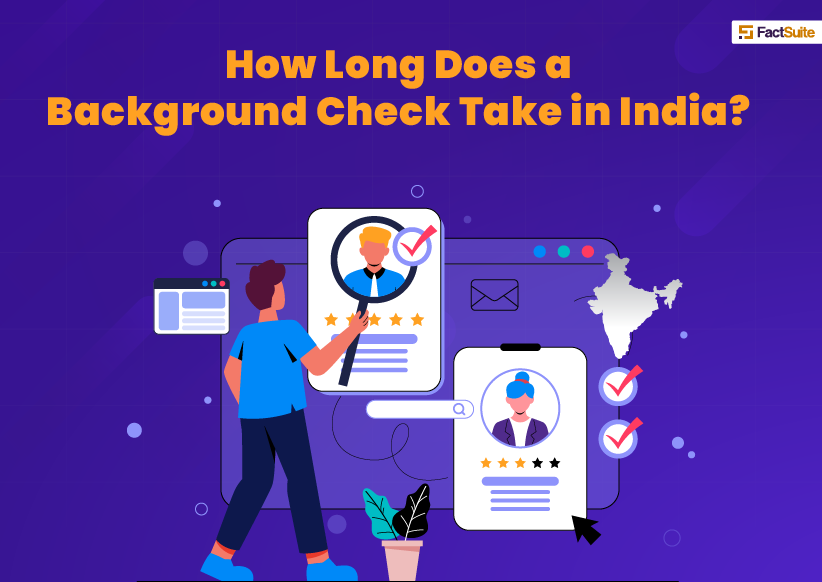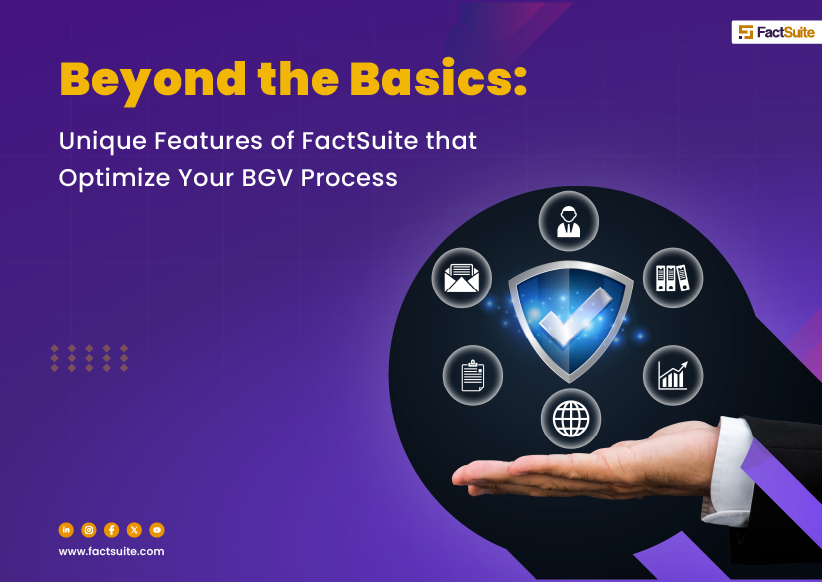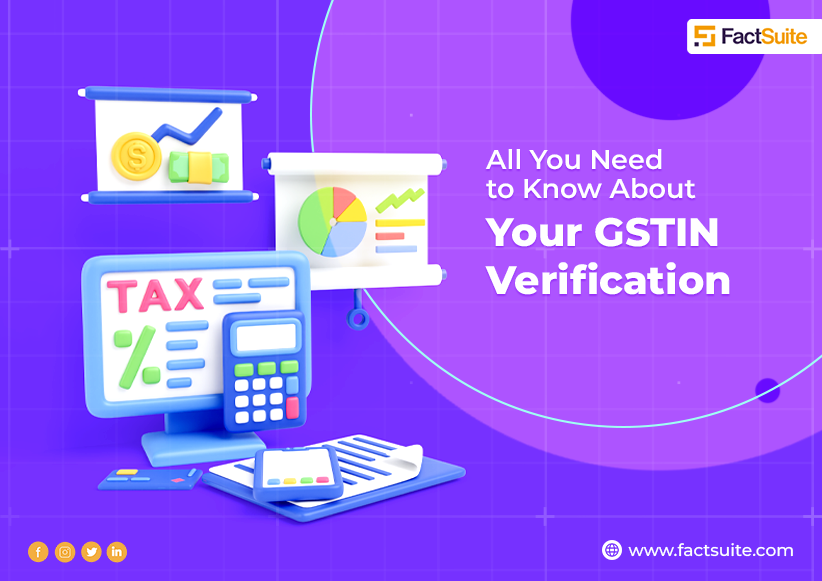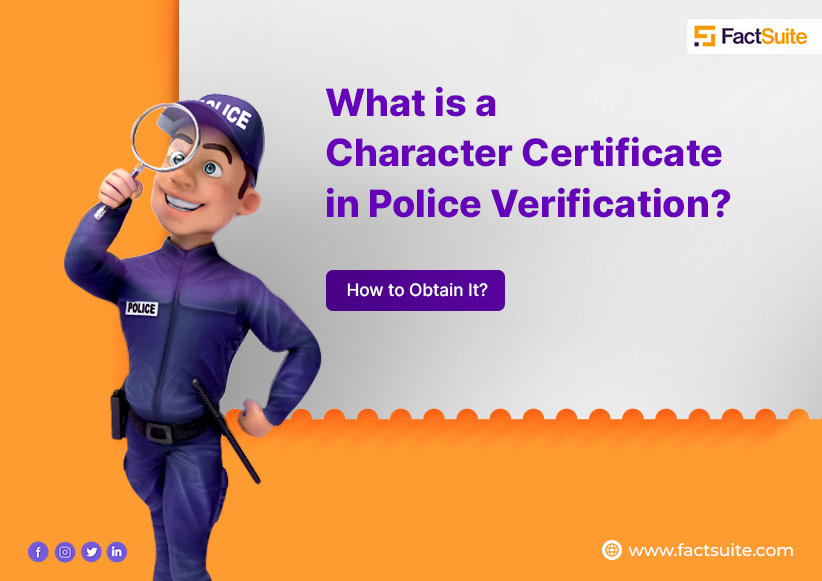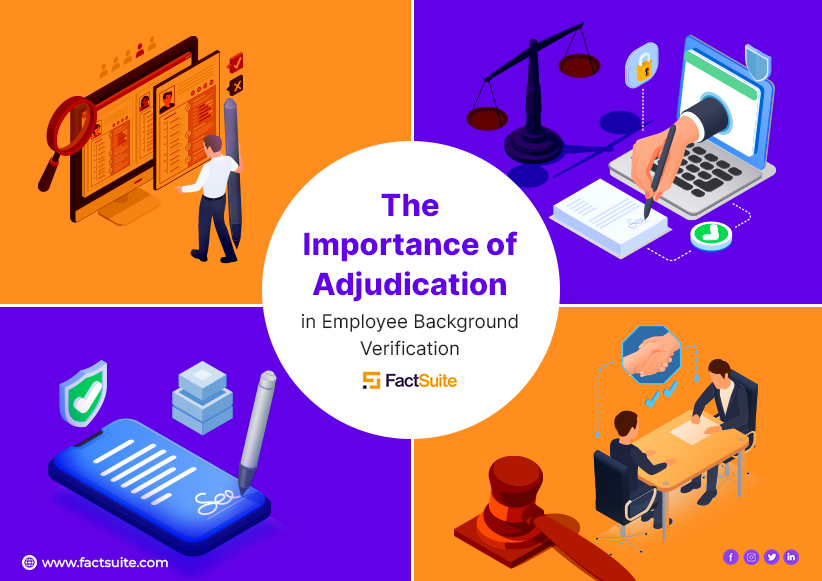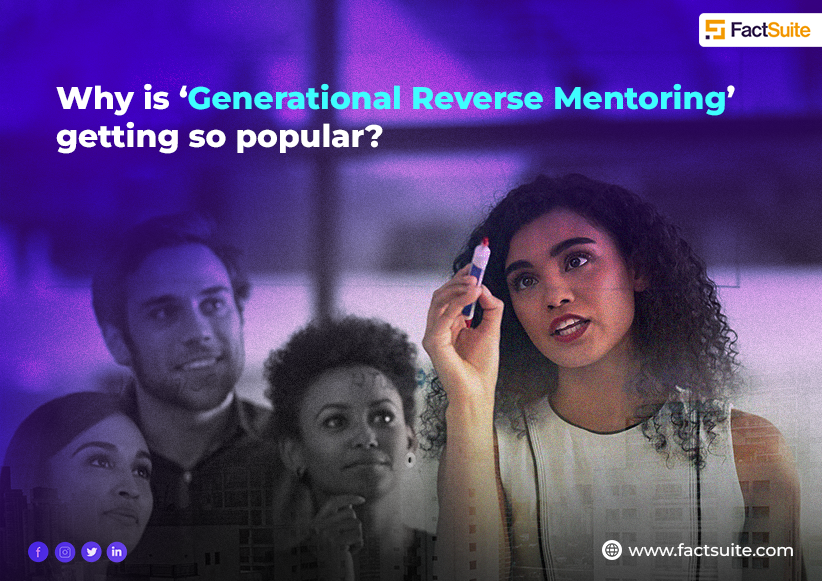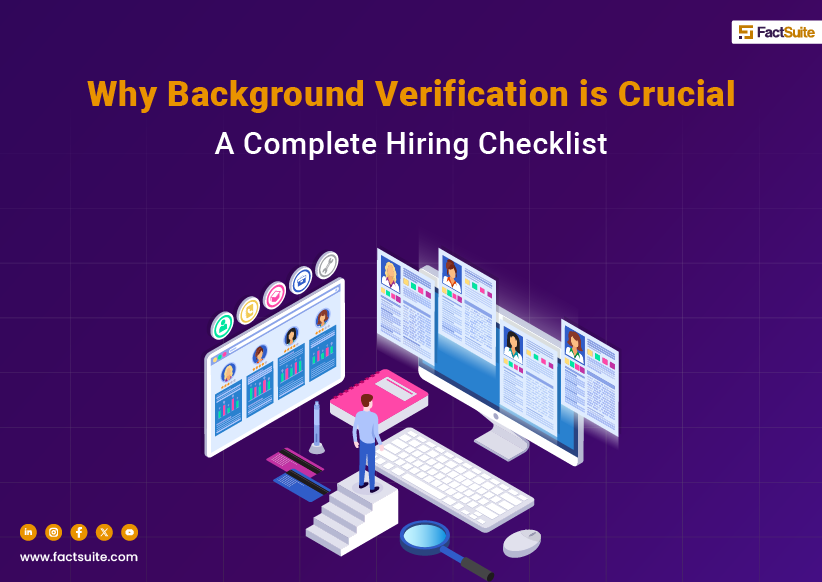Data Analytics Combined with BGV can Improve Talent Acquisition
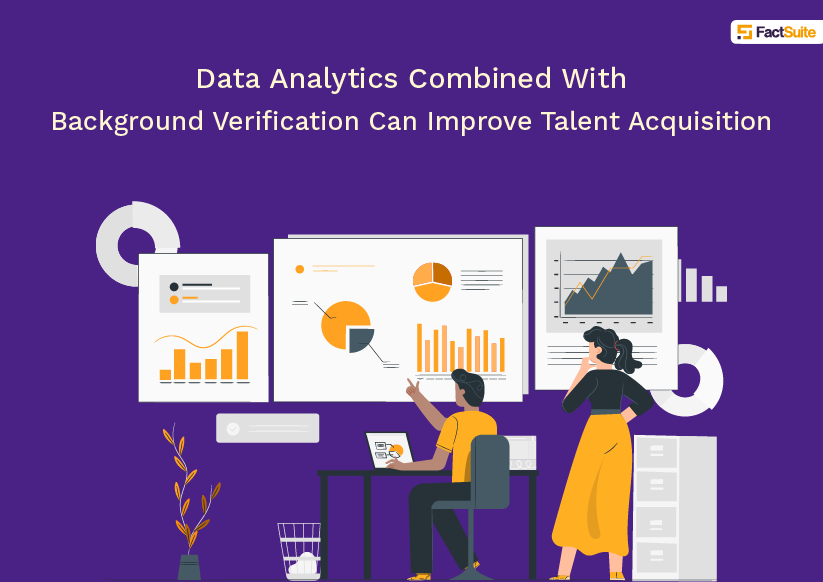
Table of Contents
- Current Challenges in Recruitment and Hiring
- Common recruitment and hiring challenges faced by organizations
- Addressing these challenges with data analytics
- The basic methodology of data analytics approach
- Data analytics affects a number of recruitment related aspects.
- Data analytics and background verification
- Data-Driven Recruitment and Hiring Strategies
A recent article in Forbes magazine highlights, “Those HR teams who can seamlessly work with data are the ones who will recruit most successfully in the coming years.” So what does hiring driven by data analytics really entail?
ERE Recruitment Intelligence explains: Data is the raw capture of information or statistics used in analytics. Analytics, imperative to survival, is using that data to predict what the future may hold.
Let us understand this with the help of the example of Xerox. The company was investing heavily in training employees and realised that each employee leaving the company was costing them a lot. They wanted to remedy their hiring process in order to ensure that they hired candidates who would stay with the company for longer periods. They implemented data analysis in their hiring process to help Improve Talent Acquisition.
The focus of Xerox’s effort was to identify correlations between efficient, long-term employees and their scores on personality traits. They found certain personality traits indicative of a good employee and focused their hiring efforts on applicants with similar traits. The result: Premature attrition rates fell by a fifth during a six-month trial.
Current Challenges in Recruitment and Hiring:
Recruitment and hiring continually present organizations with evolving challenges. In the contemporary job market, one major challenge is the heightened competition for top talent. Companies often find themselves in a fierce race to attract and retain qualified candidates with desirable skills. The rise of remote work and changing work preferences has also complicated the recruitment landscape, requiring organizations to adapt to new hiring dynamics.
Another pressing challenge is the need to maintain diversity and inclusion in the workforce. Ensuring fair and equitable hiring practices while striving for diverse teams has become a top priority for many organizations. Furthermore, compliance with ever-evolving labor laws and regulations adds complexity to the recruitment process.
In this dynamic environment, staying updated with the latest industry trends, technologies, and best practices is essential to address these challenges effectively.
Common Recruitment and Hiring Challenges Faced by Organizations:
Recruitment and hiring are often complex and challenging processes for organizations. One common challenge is the scarcity of qualified candidates for certain roles, making it difficult to find the right fit. Additionally, the ever-evolving job market and rapid technological advancements have led to a skills gap, where the skills required for the job may not match those possessed by available candidates. Furthermore, the time and cost involved in the hiring process, from posting job listings to conducting interviews, can be a significant barrier.
Addressing These Challenges with Data Analytics:
Data analytics has emerged as a powerful tool to overcome the recruitment and hiring challenges. By leveraging data, organizations can gain insights into the job market trends, including candidate availability and skill sets in demand. Predictive analytics can help in identifying potential candidates who are more likely to be a good fit for a particular role. Moreover, data-driven decision-making can streamline the hiring process, reducing time and costs. Utilizing analytics in recruitment and hiring can enhance efficiency, accuracy, and the overall quality of new hires, ensuring a stronger workforce for the future.
The basic methodology of data analytics approach
Whereas the requirement for each organization differs, most recruiters create a model focused on data analytics approach: Select applicants and then statistically measure the success of each step of the model. For example, if the conversion rate from an applicant to the job offer is low, then the recruiters might want to change the way they market the job vacancies in order to receive applications from more suitable job seekers. Once they start receiving applications from desired candidates, they can continue to analyze conversion data from each of the stages to increase the quality of their methodology. The data to be collected would be specific to each organization and each job role. This data analytics approach is great for helping Improve Talent Acquisition.
A combination of the right tools and people
Recruiting expert, Michael Morell stresses that data is not much help without the requisite analysis. And rightly so. The challenge with data is not the collection but it is the ability to analyse and understand the data. Hence, the best recruitment teams and HR teams must have the right tech and tools as well as the expertise to use the collected data. Morell says, “Personal interaction and communication remain powerful sources of data — often more effective than publicly available information about candidates.”
Data analytics can help in the following ways
In predicting workforce requirements: Predictive analytics can provide understanding about the organization’s hiring needs, filling vacancies, and understanding if a company is lacking talent, among other crucial aspects related to the workforce.
Conducting root cause analysis of attrition: Data analysis can reveal the root cause of attrition and help in using this information to make positive changes within the organization.
Targeting available talent supplies: By building a detailed map of qualitative and quantitative data about the availability and supply of talent, organizations can save ample time in searching candidates and reach out to the right places in times of vacancies.
Defining candidate success profiles: Predictive modelling can help employees identify the candidates who possess the right traits for particular jobs. This can help organizations assess how successful and valuable a candidate would be to the organization.
Data analytics affects a number of recruitment related aspects.
- Vacancy marketing
- Employer branding
- Filtering of prospective candidates
- Planning interview questions
- Talent development
- Deciding who to retain and promote
Data analytics and background verification
Once organizations have collected data and analyzed it, the resulting information could be used to narrow down the right process or the specific needs, particularly to Improve Talent Acquisition. With the engagement of background verification agencies, organizations can further strengthen their decision-making related to hiring. For example, academic background check results can be matched with data from interviews, document verification results can be matched with the information and answers provided by the candidate during interviews. For organizations, reports from various background checks can form a key part of data collection.
Data-driven recruitment, although, long-term, can shape the business in driving profitability and in creating an efficient organization. However, its short-term results are beneficial too. For those working in the HR, data-driven approaches can revolutionize performance. Are you willing to jump in?
Data-Driven Recruitment and Hiring Strategies
In the face of the current challenges in recruitment and hiring, data-driven strategies have emerged as a game-changer. By harnessing the power of data analytics, organizations can develop more effective and efficient hiring processes. This approach involves collecting and analyzing data on job market trends, candidate behaviors, and hiring outcomes. With this information, companies can tailor their recruitment efforts to meet the specific needs of their organization.
Data-driven recruitment strategies also enable predictive analytics, which can identify the best sources for finding suitable candidates and the most effective methods for engaging with them. By using data-driven insights, organizations can make more informed decisions about everything from job listings to interview processes, ultimately resulting in better hires.
Moreover, these strategies can help organizations monitor and improve their diversity and inclusion efforts by tracking and analyzing candidate demographics throughout the hiring process. In summary, adopting data-driven recruitment and hiring strategies is a crucial step for organizations to navigate the complex landscape of modern talent acquisition.
Reference:
https://www.itbusiness.ca/blog/copy-xeroxs-data-analysis-model-for-hiring-succes/49839
https://www.jibe.com/ddr/9-examples-of-how-big-data-will-help-talent-acquisition-teams/

